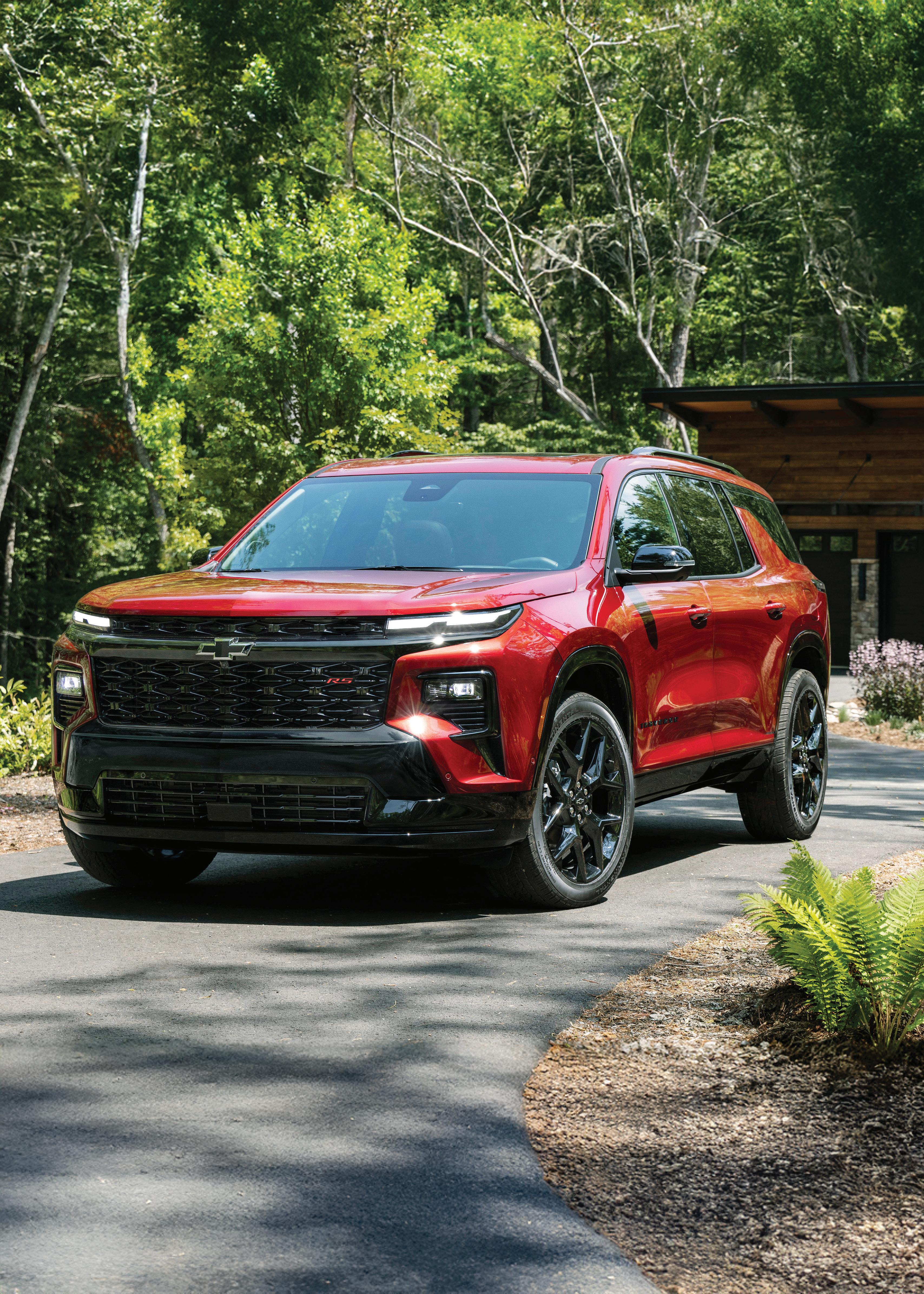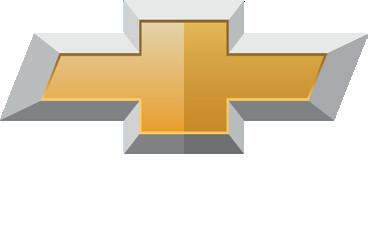












LIFE WELL PLANNED.






























Have you ever received a postcard from Antarctica? I hadn’t—until recently. Thanks to our fearless and adventurous contributor, Major Rogers, I now have one. In fact, until Major’s incredible 55th birthday trip, I didn’t know anyone who had been to this remote part of the world.
As someone who loves to travel and thrives on a good adventure, I realized something surprising: I don’t actually have a bucket list—at least not one that’s physically written down. Sure, I have places I dream about, but without it being organized, it doesn’t really exist. As I’m getting older, I’m starting to realize that maybe it’s time to get my travel dreams down on paper and start crossing things off. After hearing about Major’s epic journey, I’m definitely rethinking that.
In this issue, we’re bringing you everything you need for your spring adventures. From exploring open air spaces, a runner's guide, and a camping recipe that’s as fun to make as it is to eat, we’re embracing the great outdoors. Plus, we’re taking you on an unforgettable journey to Antarctica and Easter Island in an inspiring feature.
So, whether you’ve already checked something off your bucket list this year or, like me, are just now realizing you need one, this is the perfect time to dream big. I hope you enjoy this issue!


STEPHANIE STEELMAN Co-founder | Root Creative Marketing Executive Editor | Lifestyle Magazine

April 2025
Sam Justice CREATIVE EDITOR


Dakota Jacobi PHOTOGRAPHER / SALES
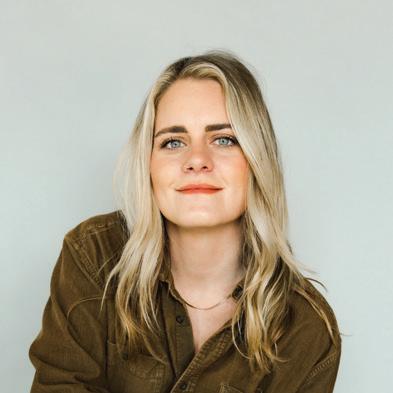

Lauren Walters MANAGING EDITOR
Daniel Borgatto GRAPHIC DESIGNER
Josh Aleman GRAPHIC DESIGNER


Leila Camua CONTRIBUTOR

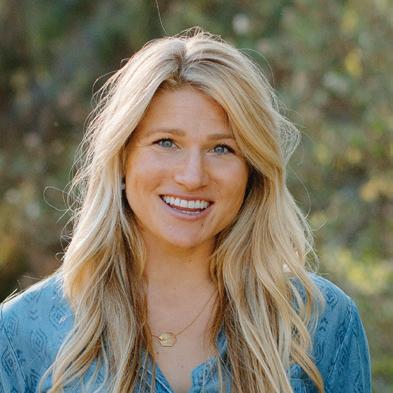
Ricky Dorame PHOTOGRAPHER
Danielle Nederend CONTENT EDITOR
Major Rogers CONTRIBUTOR
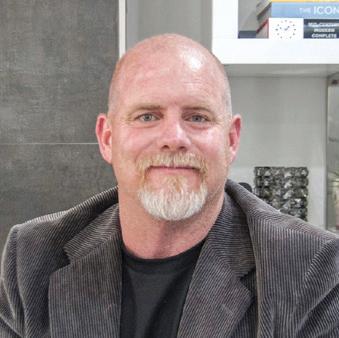
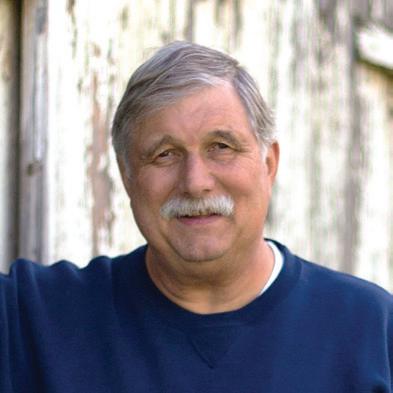
Scan here to read more about our monthly contributors, see a list of rack locations, or to sign up for a monthly subscription.
Terry Ommen HISTORIAN
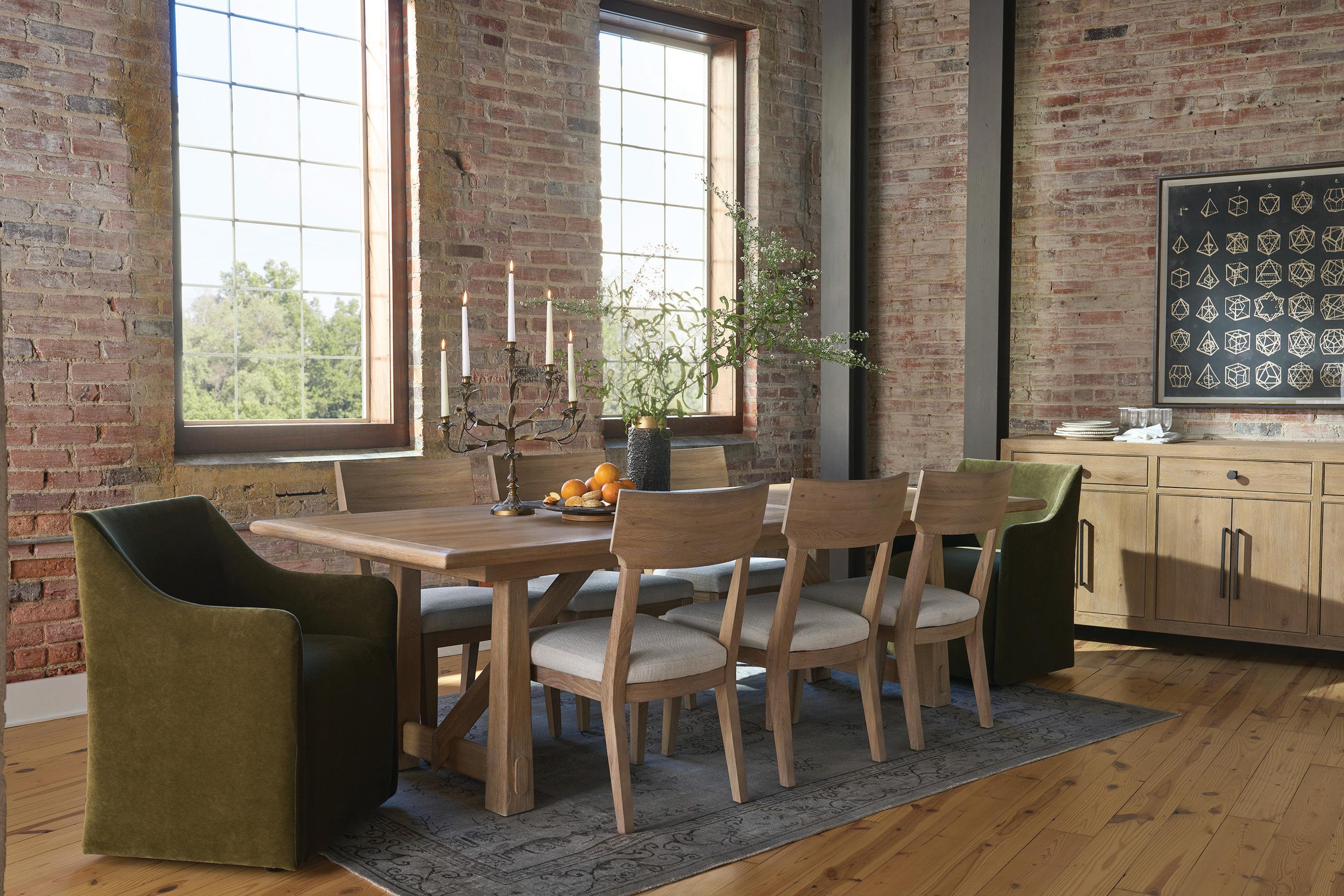

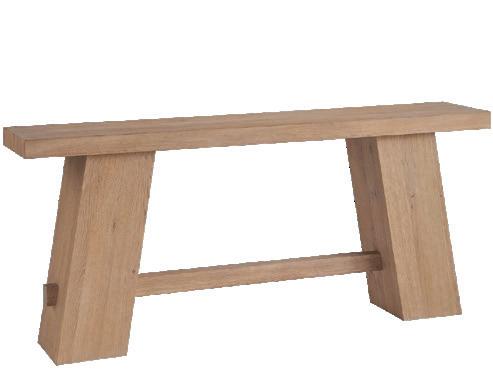
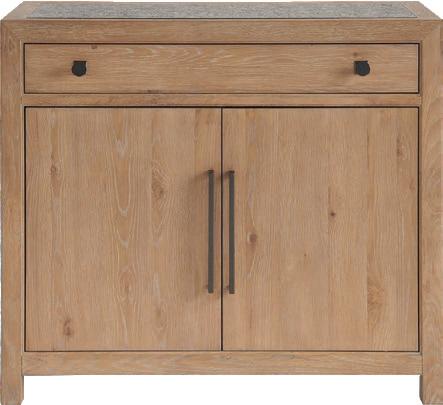
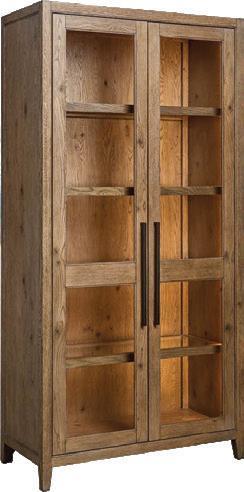



Thank you for participating and nominating the great places, people, and things you love about living in our communities. We've now tabulated the nomination results and narrowed down the finalists for each category. We wish all of the nominees success in 2025! For each category (listed to the right), we have up to 5 finalists for you to vote for. The finalists in each category who receive the most votes by April 30th will be the winners. We will announce the category winners in May and feature them in the June issue of Lifestyle.
• Craft Brewery
• Local Coffee Shop
• Cocktail Lounge
• Brunch Spot
• Sweet Treat
• "Good For You" Food
• Boutique Shop
• Food Truck
• Event Venue
• Florist
• Aesthetics
• Fitness
• Artist / Artisan
• Kid's Activity
• Photographer
• Videographer • New Business • Pet Services
Hidden Gem

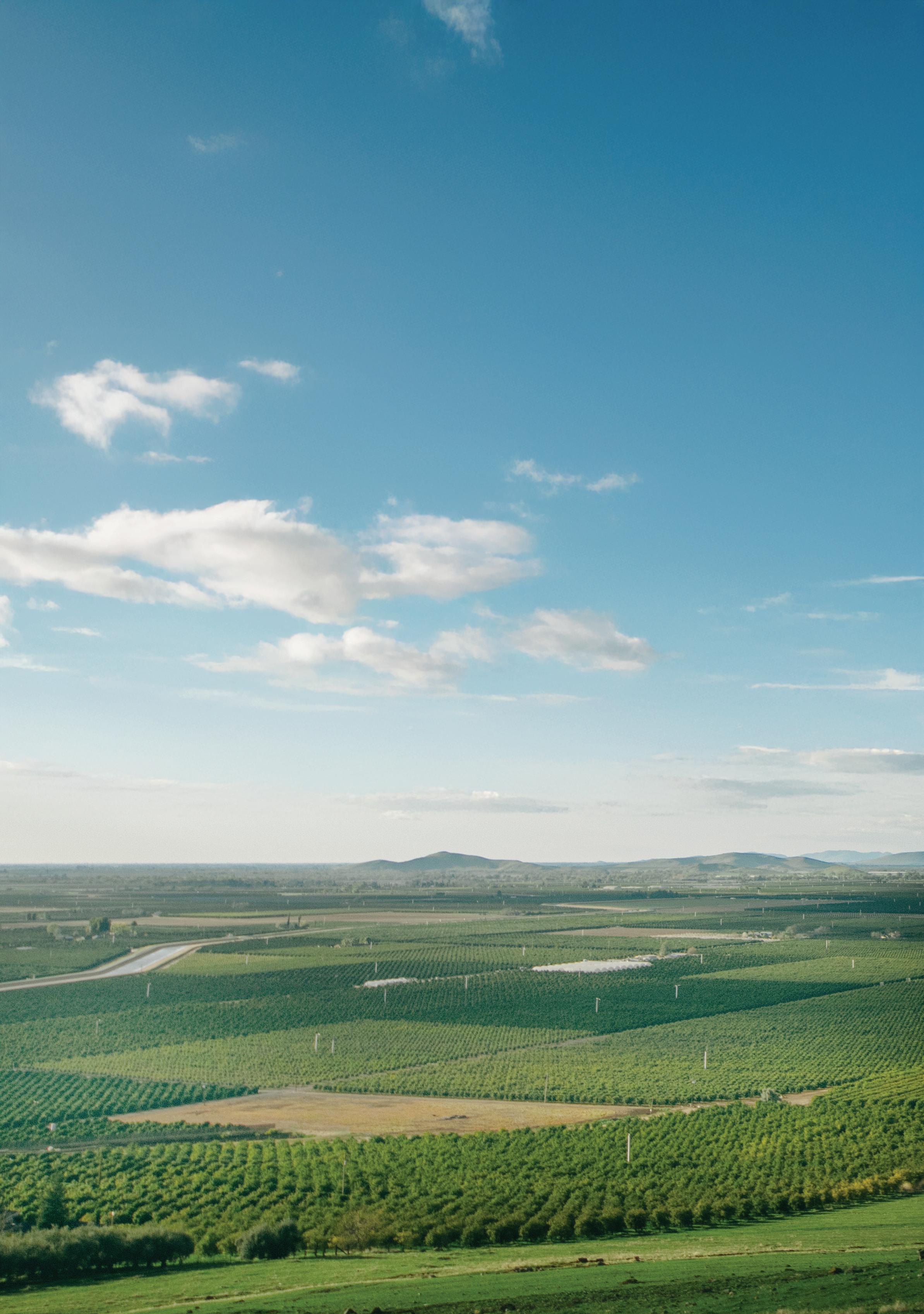










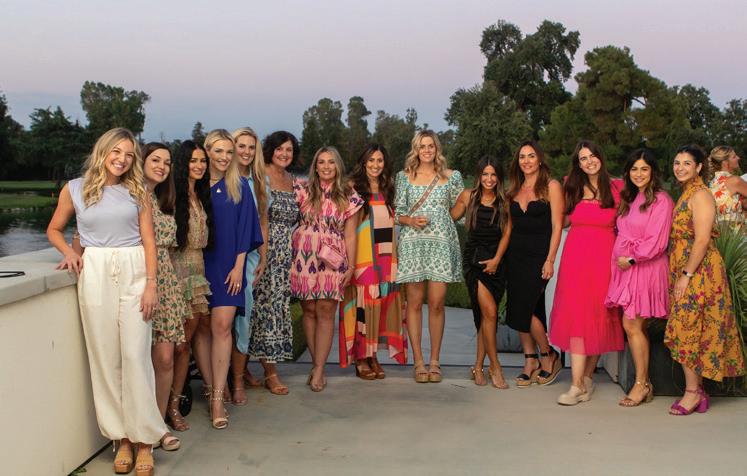


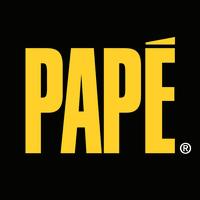

“Everything I asked to have done was thoroughly explained to me. My documents were completed in a timely manner. Nickie is friendly and caring. She provided everything I needed.”
- W. W.
“Nickie is very knowledgeable and goes into detail. I rarely had any questions because she was so thorough. She was also caring and understanding of our di cult family dynamics.”
- S. A.

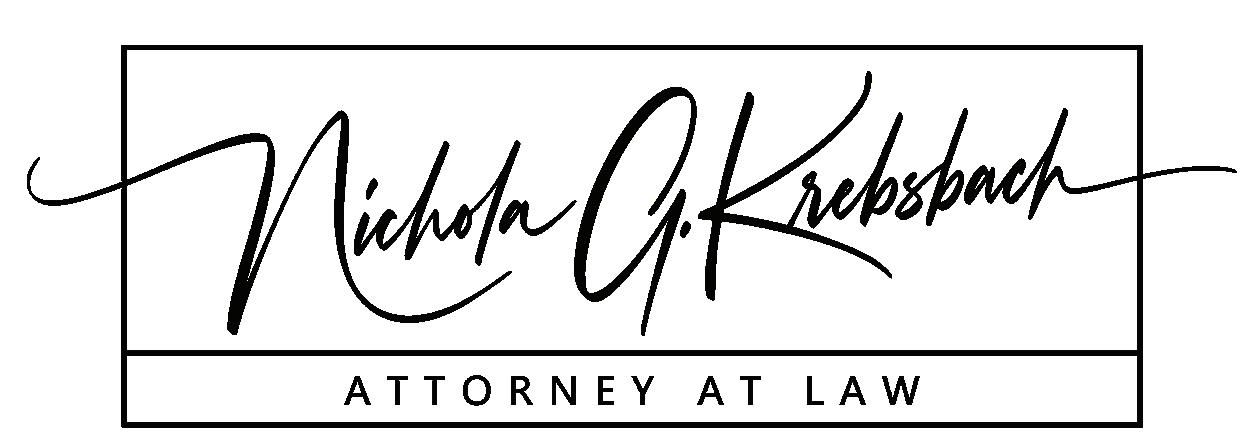
Words by Lifestyle Staff
As spring arrives, roadside strawberry stands begin popping up across the Central Valley, offering baskets of sunripened berries bursting with flavor. These stands aren’t just a seasonal delight—they’re a symbol of the region’s rich agricultural heritage and the perfect way to enjoy one of California’s most iconic crops at its freshest.
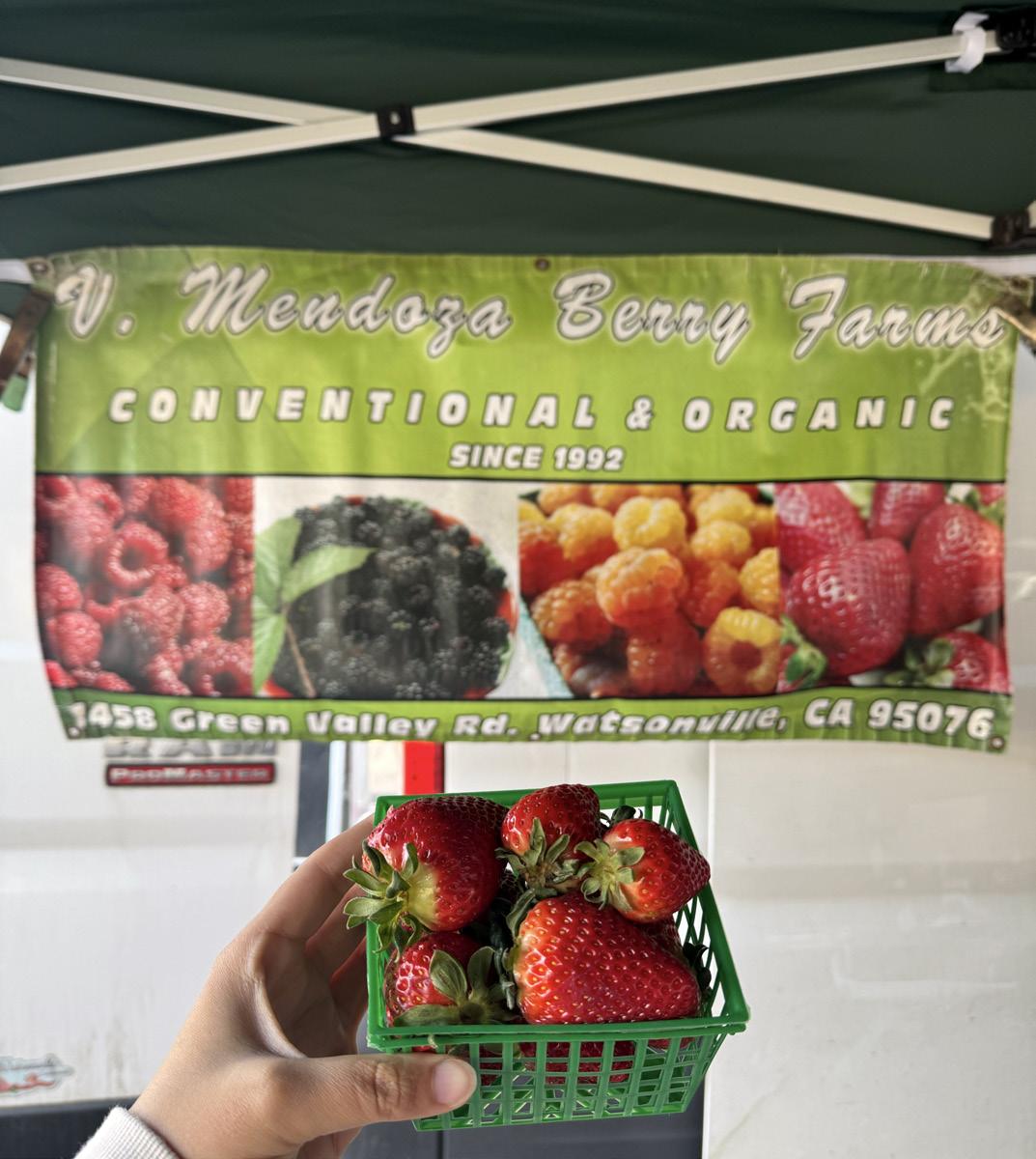
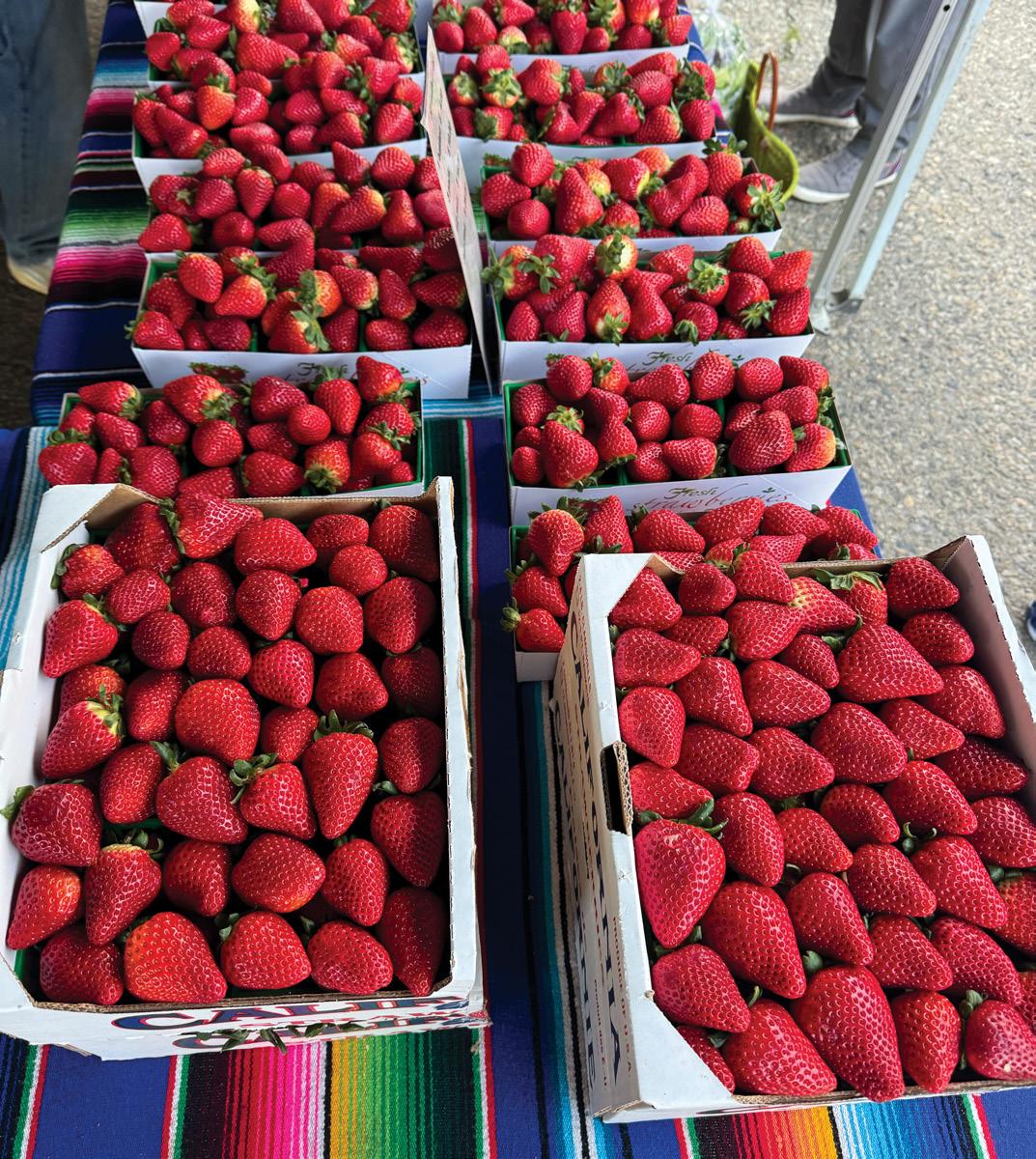
Strawberries have been grown in California since the 1800s, but it wasn’t until the early 1900s that the industry truly took off. Farmers discovered that California’s mild climate allowed for an extended growing season, and innovation in farming techniques led to higher yields and better-quality fruit. Today, California remains the nation’s leading strawberry producer, supplying the majority of fresh strawberries in the U.S.
Today, California strawberries are grown year-round, but spring and early summer remain the peak season. Many of the farms behind the berries sold at local stands have been family-owned for generations, continuing a legacy of dedication and hard work.
The Central Valley’s combination of rich soil, warm days, and cool nights creates ideal conditions for growing sweet, juicy strawberries. Farmers use careful irrigation and crop rotation techniques to maintain soil health and maximize flavor. California also leads the way in sustainable strawberry farming, with many growers reducing pesticide use and implementing water-saving practices.
Thanks to these efforts, strawberries grown in this region are known for their exceptional taste and quality—whether you’re enjoying them fresh, blended into a smoothie, or baked into a homemade dessert.
Here are just a few of our favorite must-visit local stands:
• Shirk x Hurley, Visalia
• Akers x Ferguson, Visalia
• Ben Maddox x Tulare, Visalia
• Demaree x Ave 264, Tulare
• Cairns Corner Produce, Lindsey
Whether you’re picking up a basket for snacking or making a batch of homemade jam, these locally grown strawberries are a delicious reminder of the Central Valley’s deep agricultural roots. Next time you see a stand, stop by and taste a little piece of California history!
For more info: californiastrawberries.com
For over 20 years, Vanessa Mendoza has been selling farmfresh strawberries at the Visalia Farmers Market. They run two separate ranches—one for organic strawberries and one for conventional—carefully tending each to bring the best berries to market. She recommends washing berries in a vinegar-water rinse to keep them fresh longer and freezing them flat before bagging for easy use later. Catch them at the market to pick up the sweetest berries of the season!




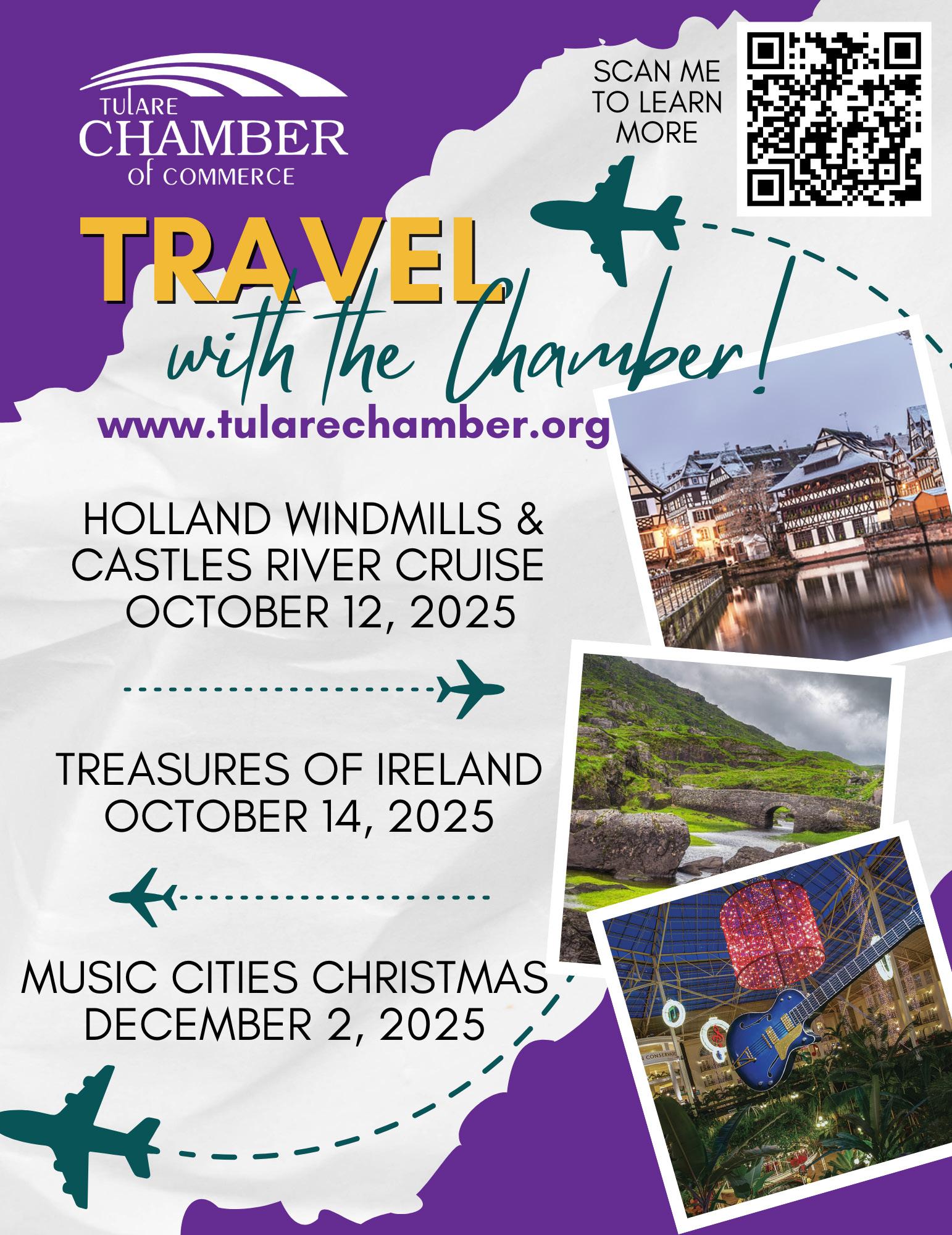


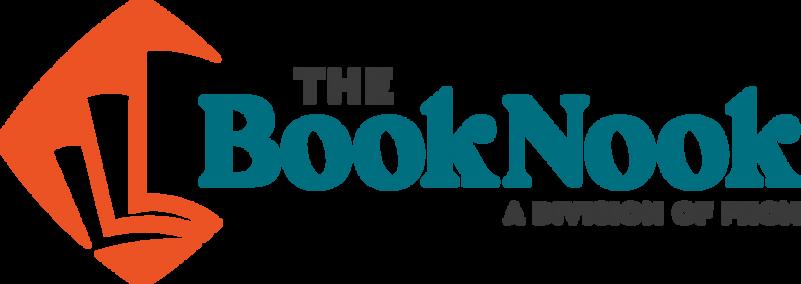
Feeding The Soul (Because It’s My Business)
Author: Tabitha Brown
All Along You Were Blooming
Author: Morgan Harper Nichols
Tidy Up Your Life
Author: Tyler Moore
The Kitchen Garden
Author & Illustrator: Lucy Mora
Hope is a Rainbow
Author: Hoda Kotb
Illustrator: Chloe Dominique



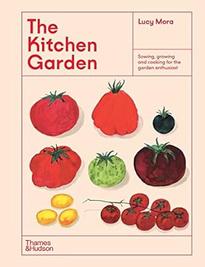



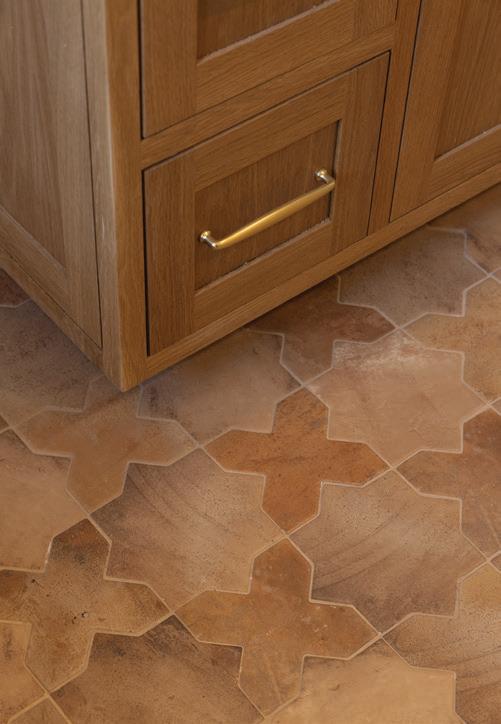


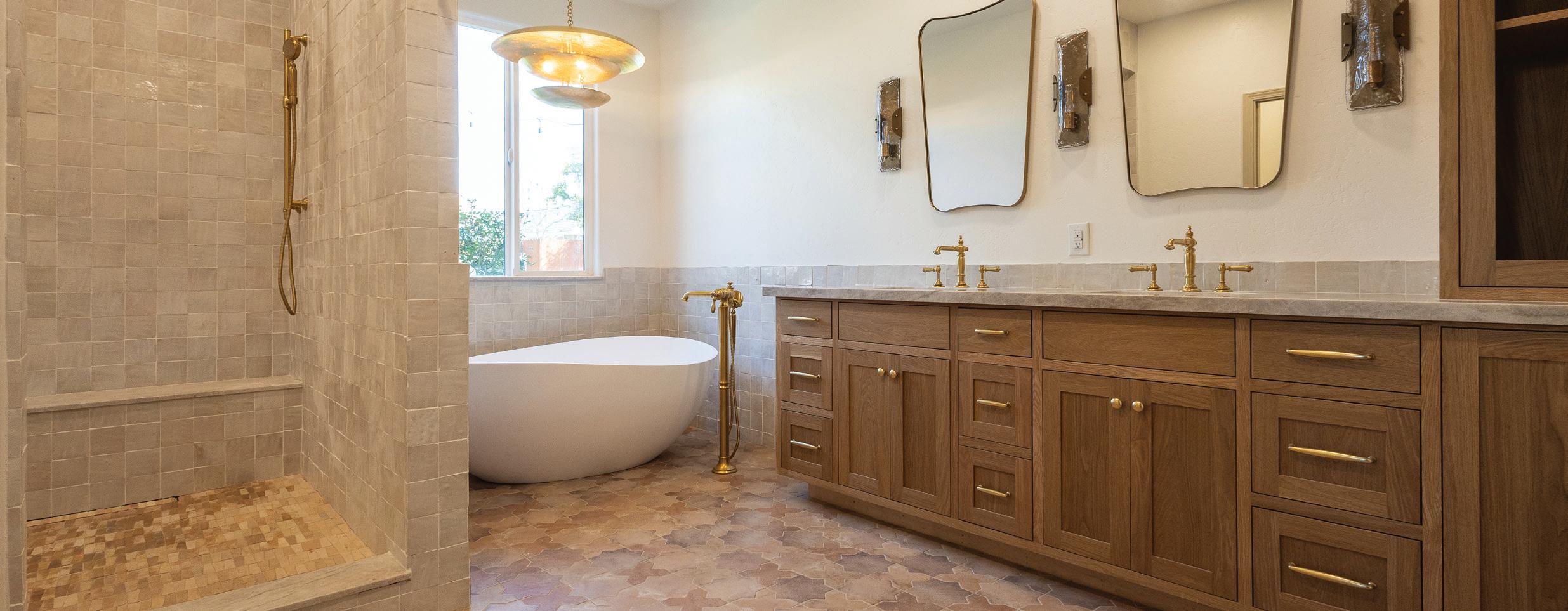
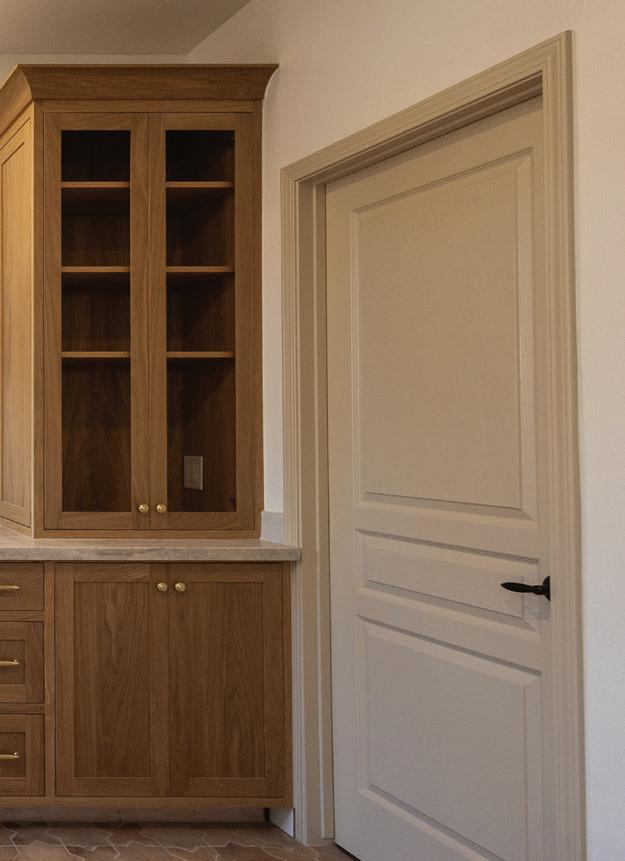
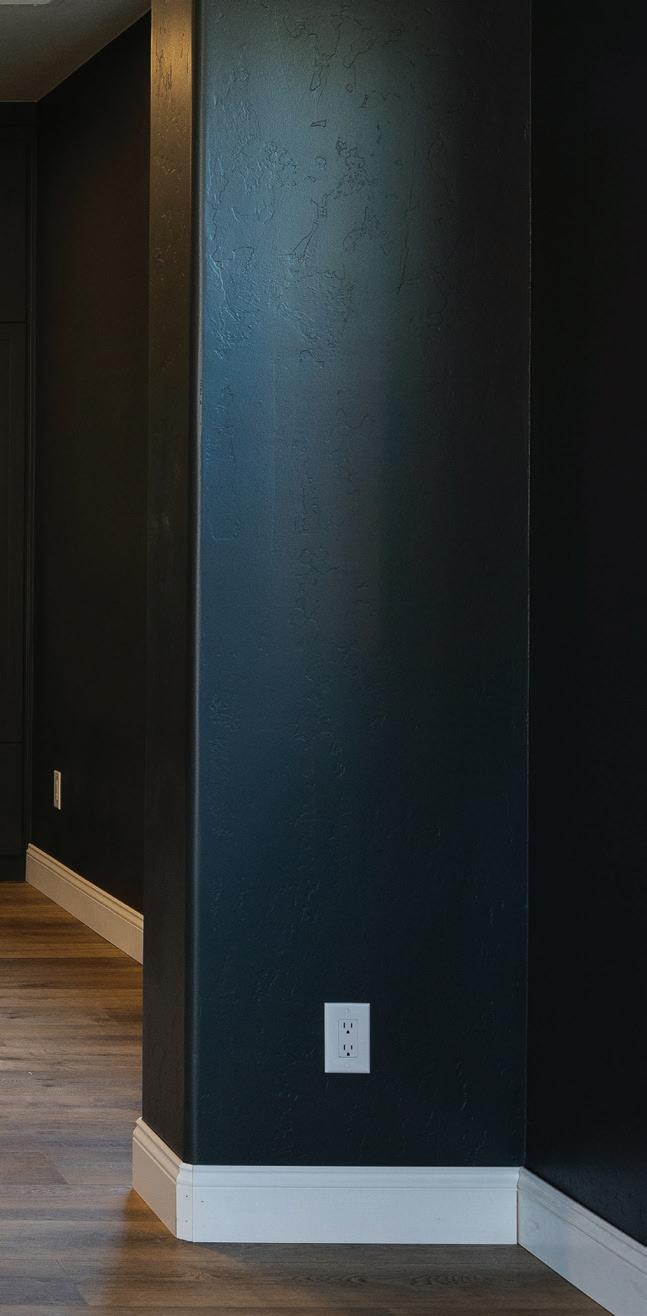
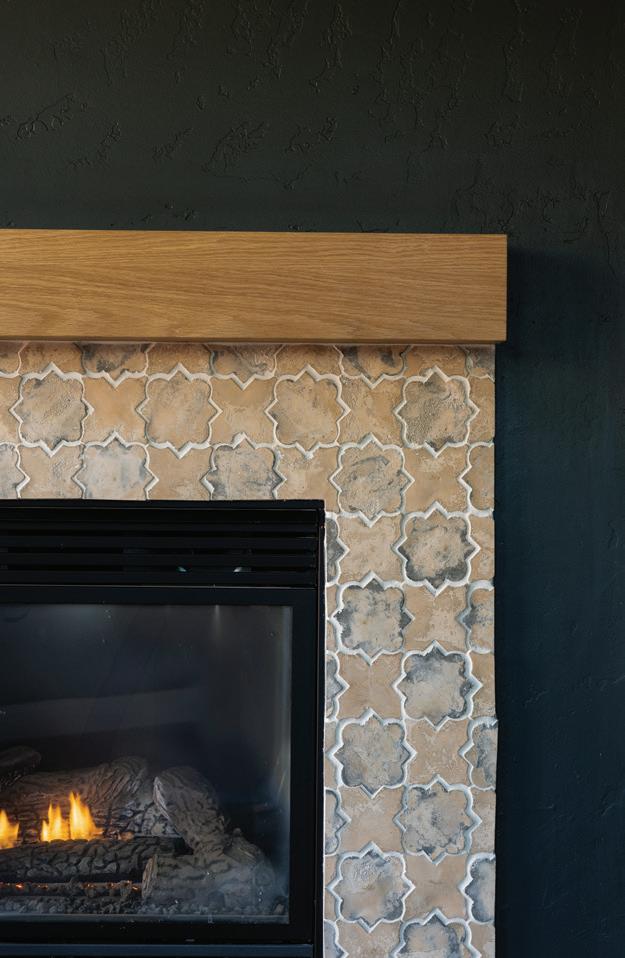
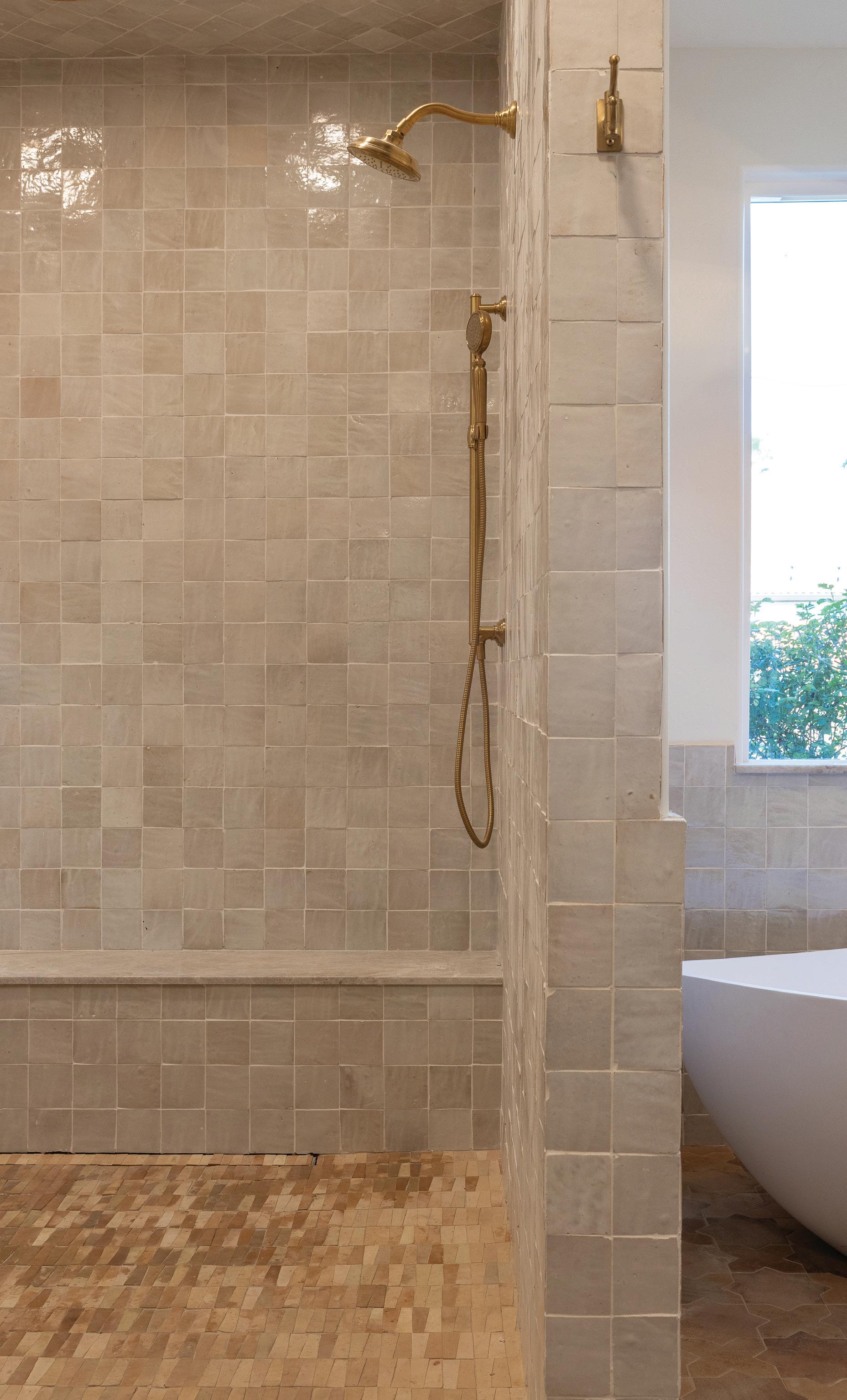

For Steve Payton, owner of Payton Construction, building and remodeling homes isn’t just about construction—it’s about creating spaces that truly work for the people who live in them.
Steve grew up around the industry, with his father owning a construction company in Northern California. Though he initially pursued college, he realized his strengths lay elsewhere and made the move to the Central Valley in 2002. After years of working in construction, he took the leap in 2018 to start his own company, focusing on quality craftsmanship and a smooth, efficient process for homeowners.
Payton Construction specializes in kitchen and bathroom remodels, full interior renovations, and select commercial projects. While they can take on a variety of builds, their expertise lies in transforming existing spaces to better fit the needs of their clients. Steve’s approach is centered around clear communication, detailed planning, and a reliable team of employees and subcontractors who keep projects moving seamlessly.
“Communication is key,” Steve says. “I constantly update my clients so they know what’s happening, who will be at their home, and what to expect next.” One of the ways Payton Construction keeps projects on track is by pre-ordering all finish materials before the work begins, which helps prevent delays and ensures a smoother experience for homeowners.
While every project has its challenges, Steve finds the most rewarding part of his job is the final walkthrough—seeing the transformation come to life and watching a client’s reaction to their newly renovated space.
With a focus on craftsmanship, organization, and customer experience, Payton Construction continues to build a reputation for quality work that stands the test of time.




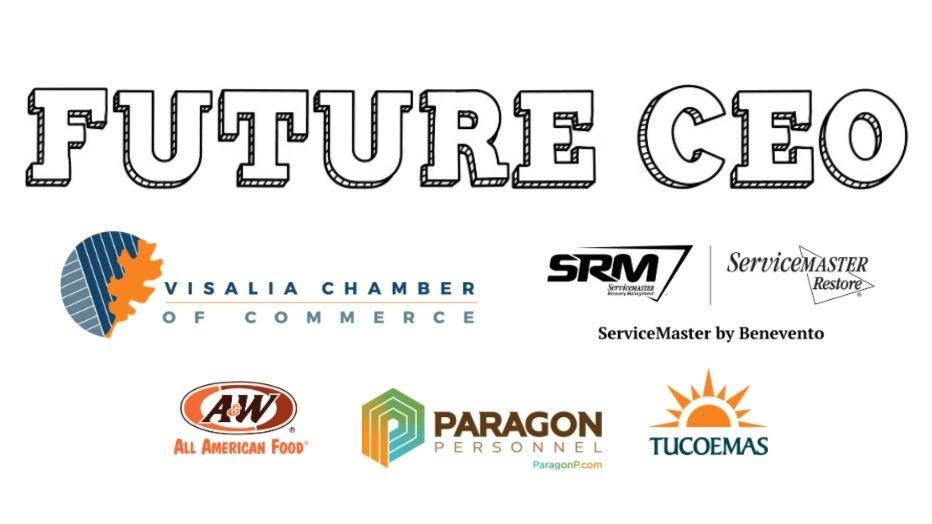

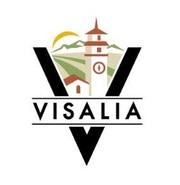
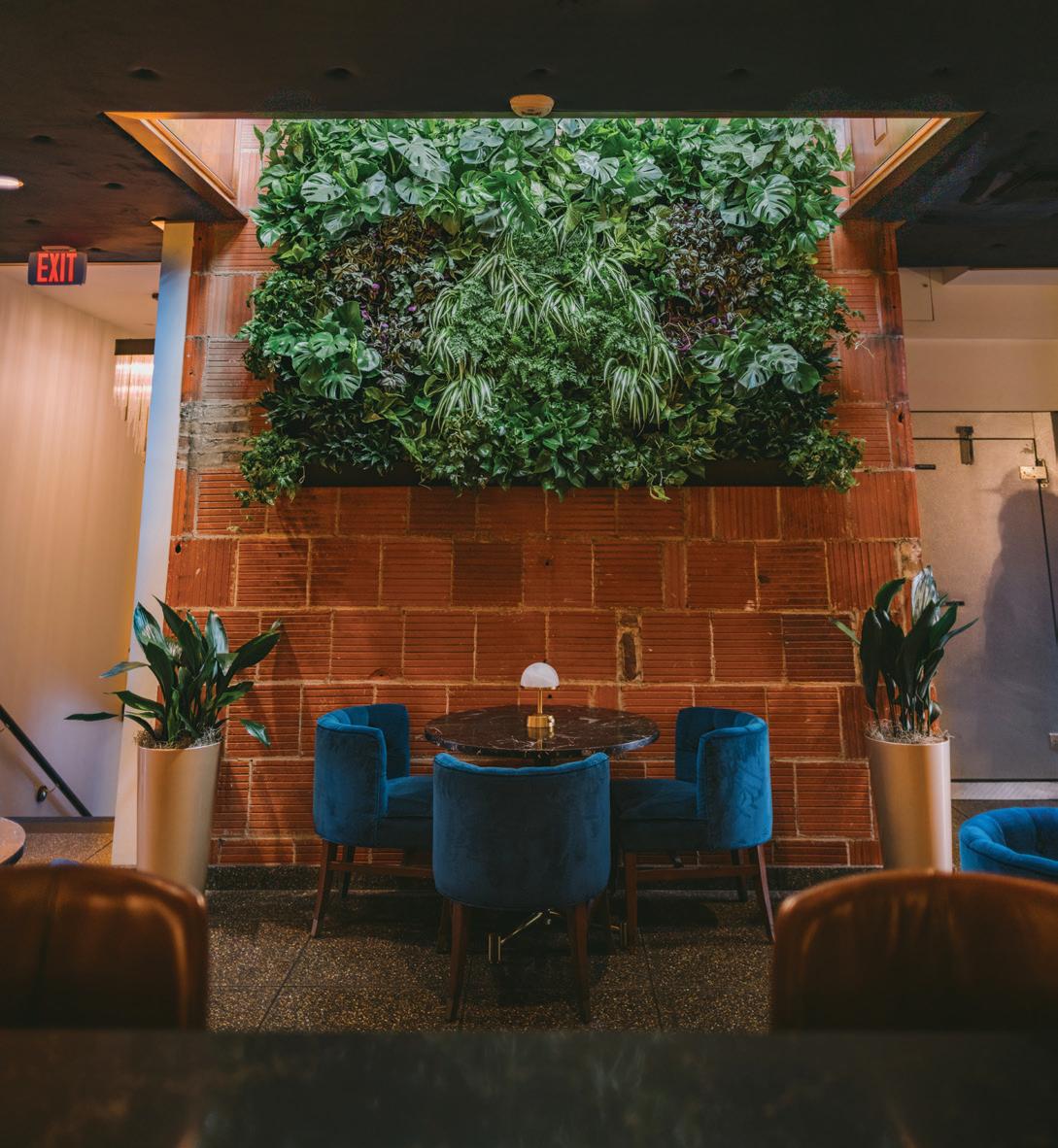
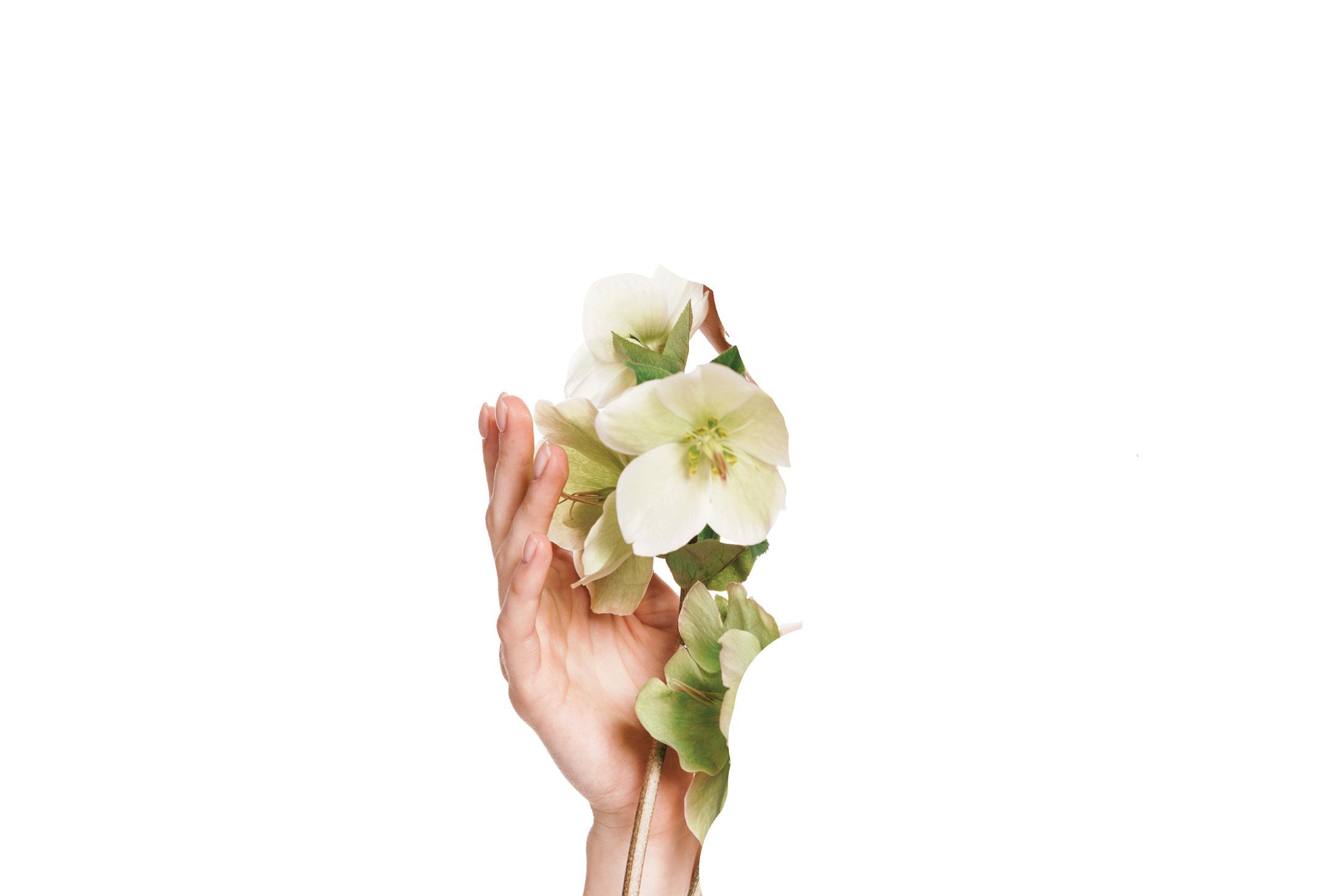
Join us for one of the
THURSDAY, APRIL 10TH
5 PM - 8 PM
$45 PER PERSON
PURCHASE TICKETS ONLINE OR AT OUR OFFICE



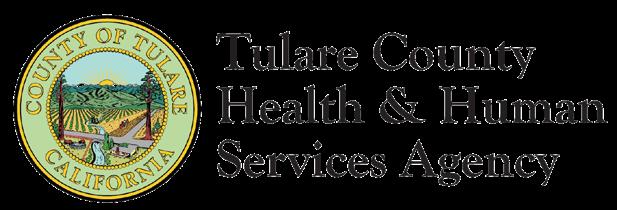

Along the tranquil shores of the San Joaquin River stands Riverbend Estate. Designed with a deep connection to its surroundings, the former Victorian residence has been artfully reinvented as a Southern European-inspired sanctuary, where refined craftsmanship meets understated luxury. Every element—from the natural materials to the thoughtful layout—was chosen to create a space that feels both elevated and effortless.
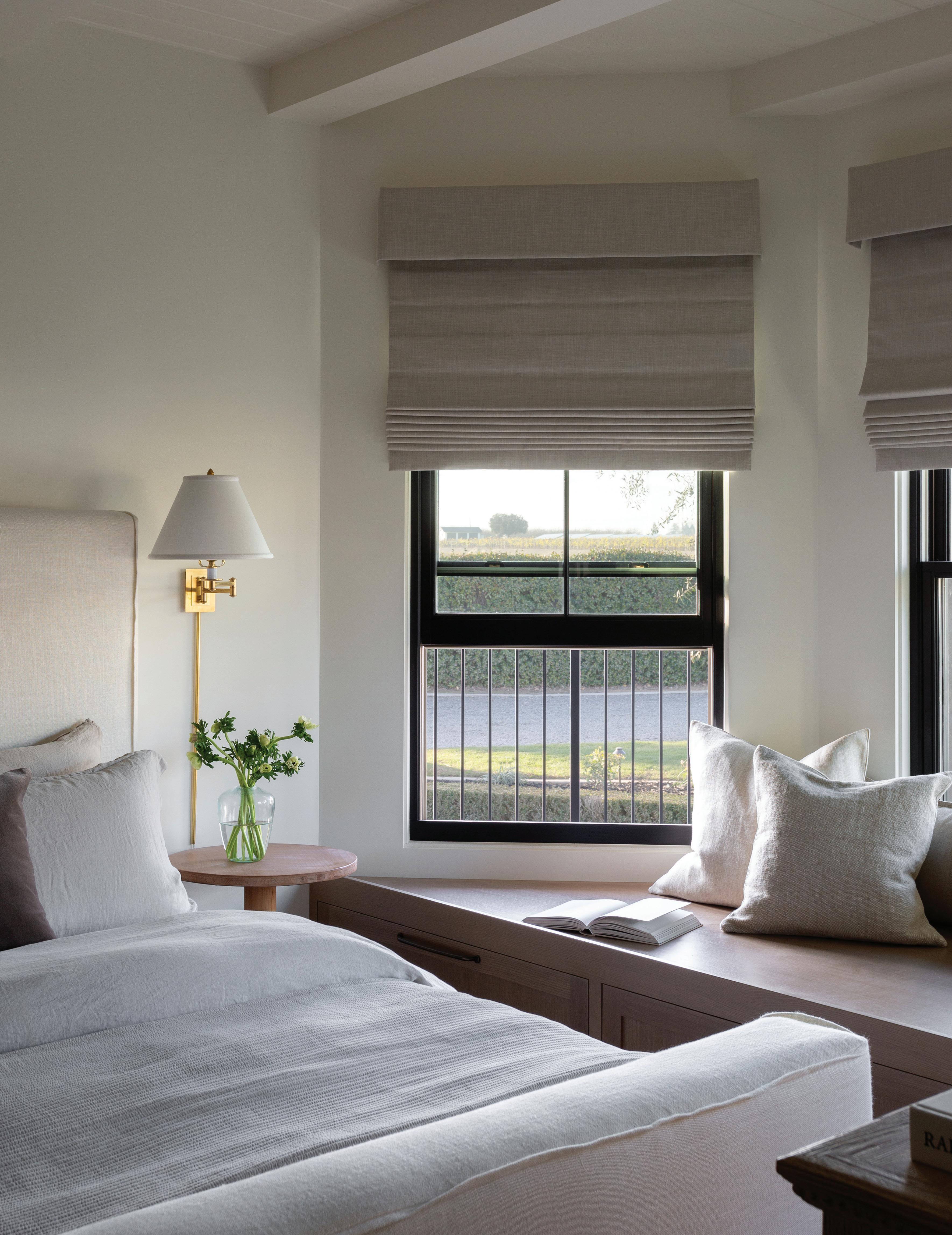


Designer Hayley Chavez with HLC Studio worked closely with Burdine Construction to maximize the home’s picturesque setting. Expansive windows frame stunning river views and fill the interior with natural light. An openconcept layout enhances the seanse of flow, connecting indoor and outdoor spaces. “The goal was to create a home that feels like an extension of its surroundings,” says Hayley. “Every decision, from material choices to spatial planning, was made with that in mind.” Neutral tones, organic textures, and a curated color palette keep the focus on the home’s architectural details and the serenity of the landscape beyond.
Soft stone finishes, warm wood accents, and refined furnishings create an atmosphere of understated luxury. A sculptural fireplace serves as a focal point in the main living space, while custom cabinetry and built-in storage solutions ensure functionality without compromising design. Thoughtful details with integrated lighting and curated textures balance the space.
The primary suite offers a private escape, complete with a spa-like bathroom and a soaking tub positioned to take in calming water views. Outdoor living is equally considered, with spaces designed for both entertaining and quiet reflection. “This home was meant to be lived in—a place where every detail contributes to comfort and ease,” Hayley explains. The natural surroundings influence not just the aesthetic, but also the way the home feels— peaceful, inviting, and effortlessly connected to its environment.

Riverbend Estate is more than just a house—it’s a home designed to be experienced. Its seamless blend of nature, elegance, and practicality creates a space that is both timeless and welcoming. Whether hosting gatherings or basking in quiet moments by the river, every detail is meant to enhance the feeling of sanctuary and comfort.
HLC Studio
Phone: (559) 321-4618
Website: hlcstudio.com
Instagram: @hlcstudio



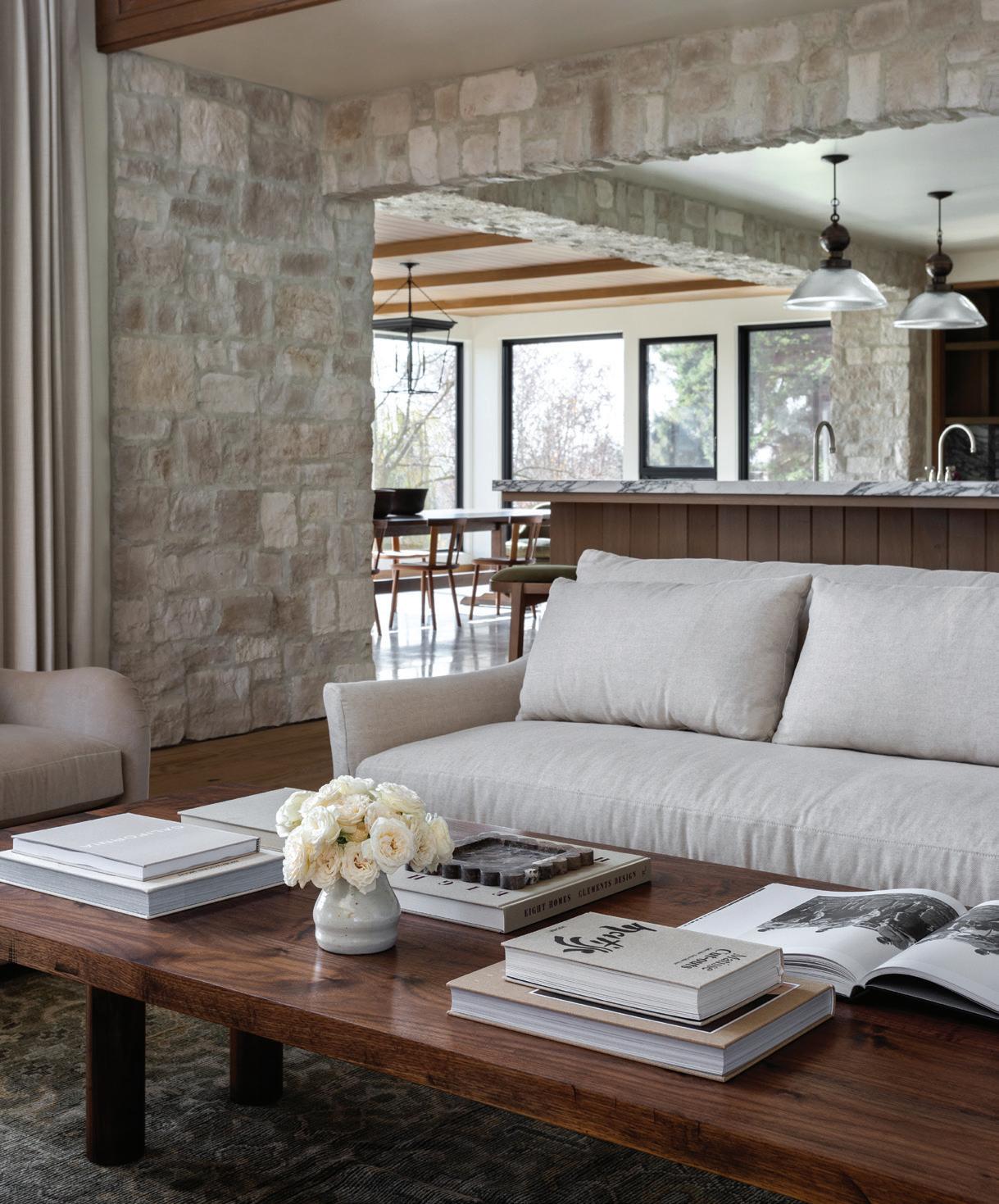
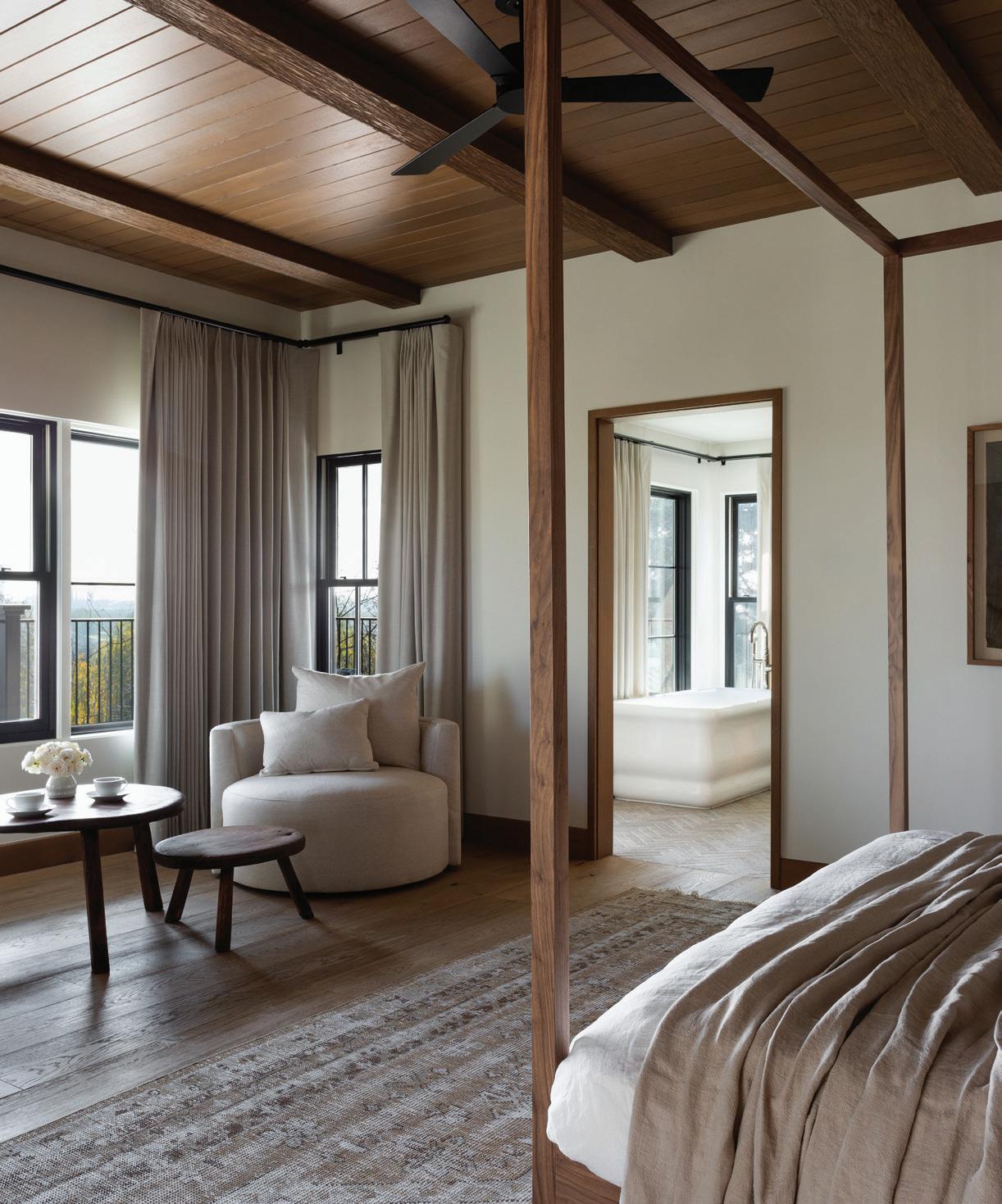


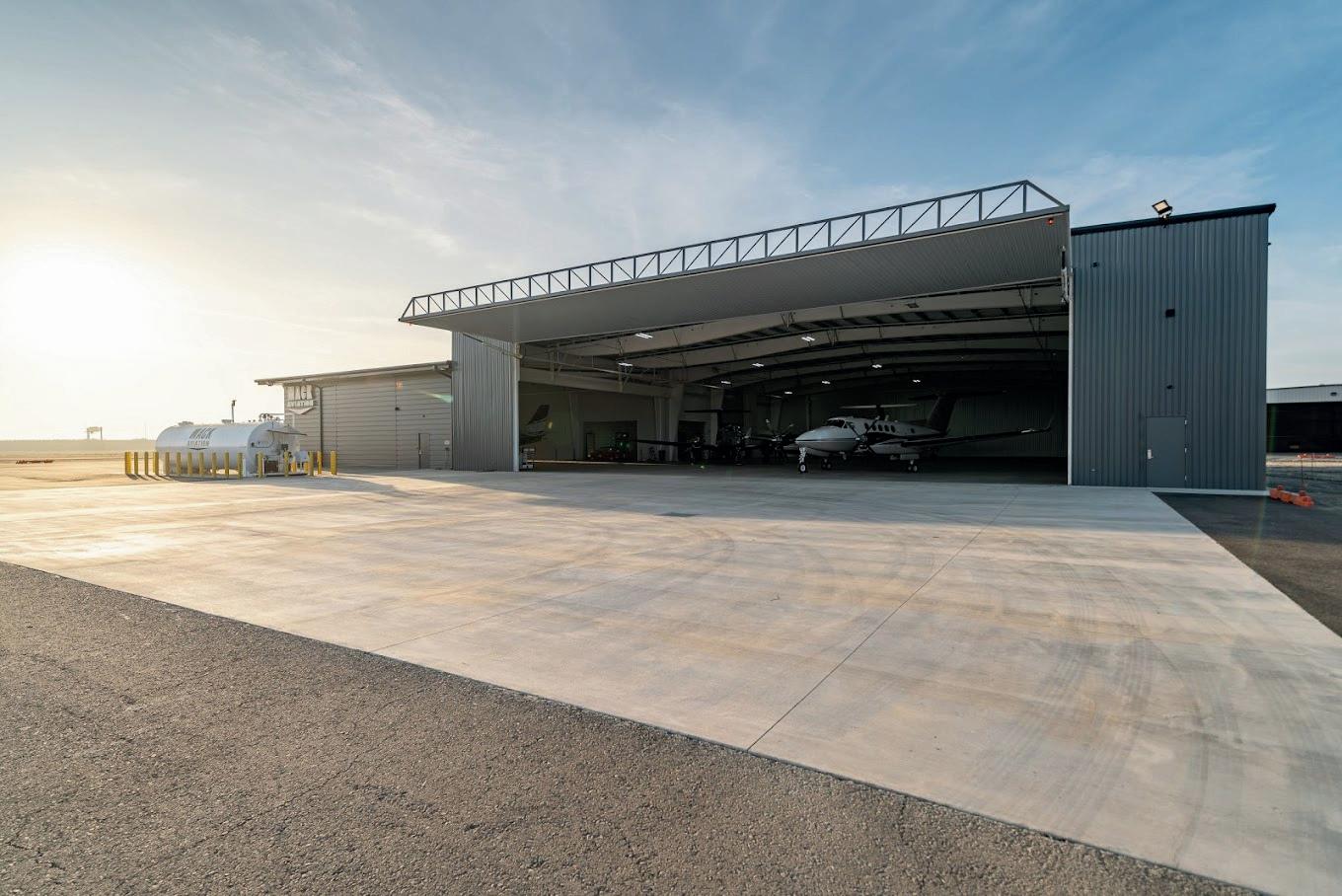
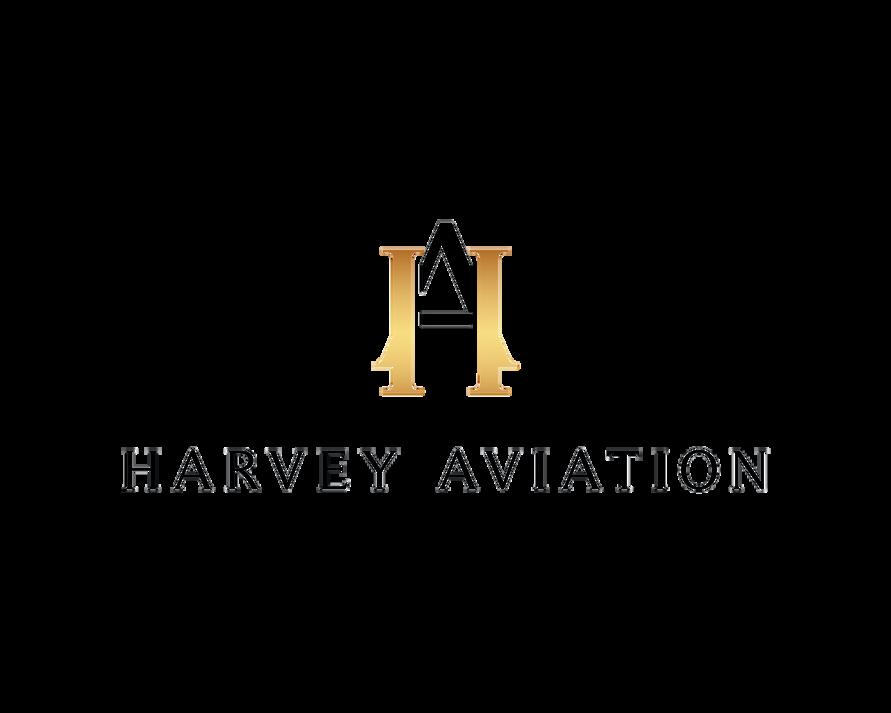








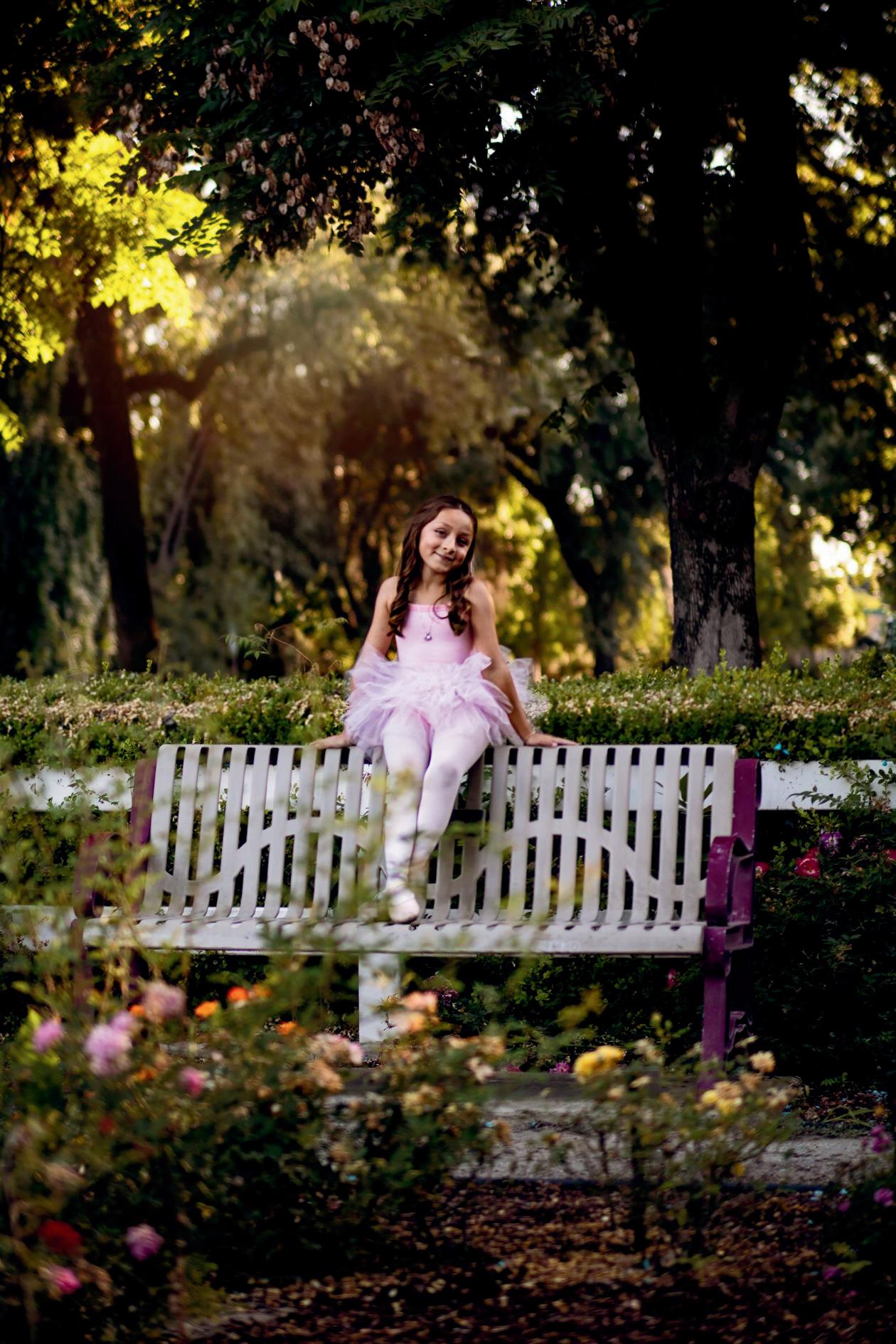


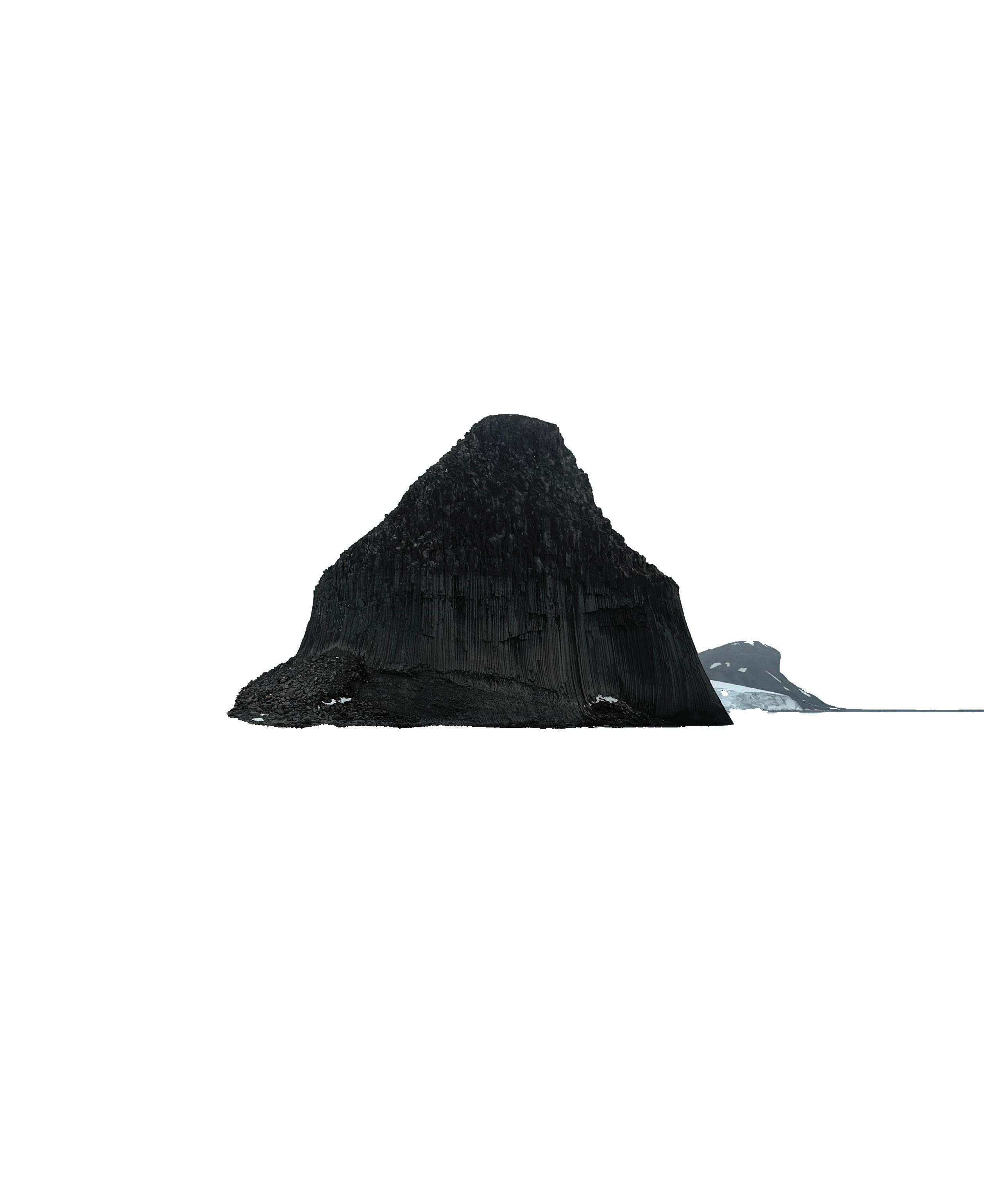

WHY ANTARCTICA? BECAUSE IT’S THERE. THAT’S THE QUICKEST, MOST CLICHÉ ANSWER I CAN GIVE. MY PASSION IS TRAVEL. I CAN’T EXPLORE OTHER PLANETS, AND UNTIL THERE’S A PUB ON MARS, I DON’T KNOW IF I WANT TO. BUT I AM FREE TO ROAM THIS PLANET AND EMBRACE ITS SPLENDOR.
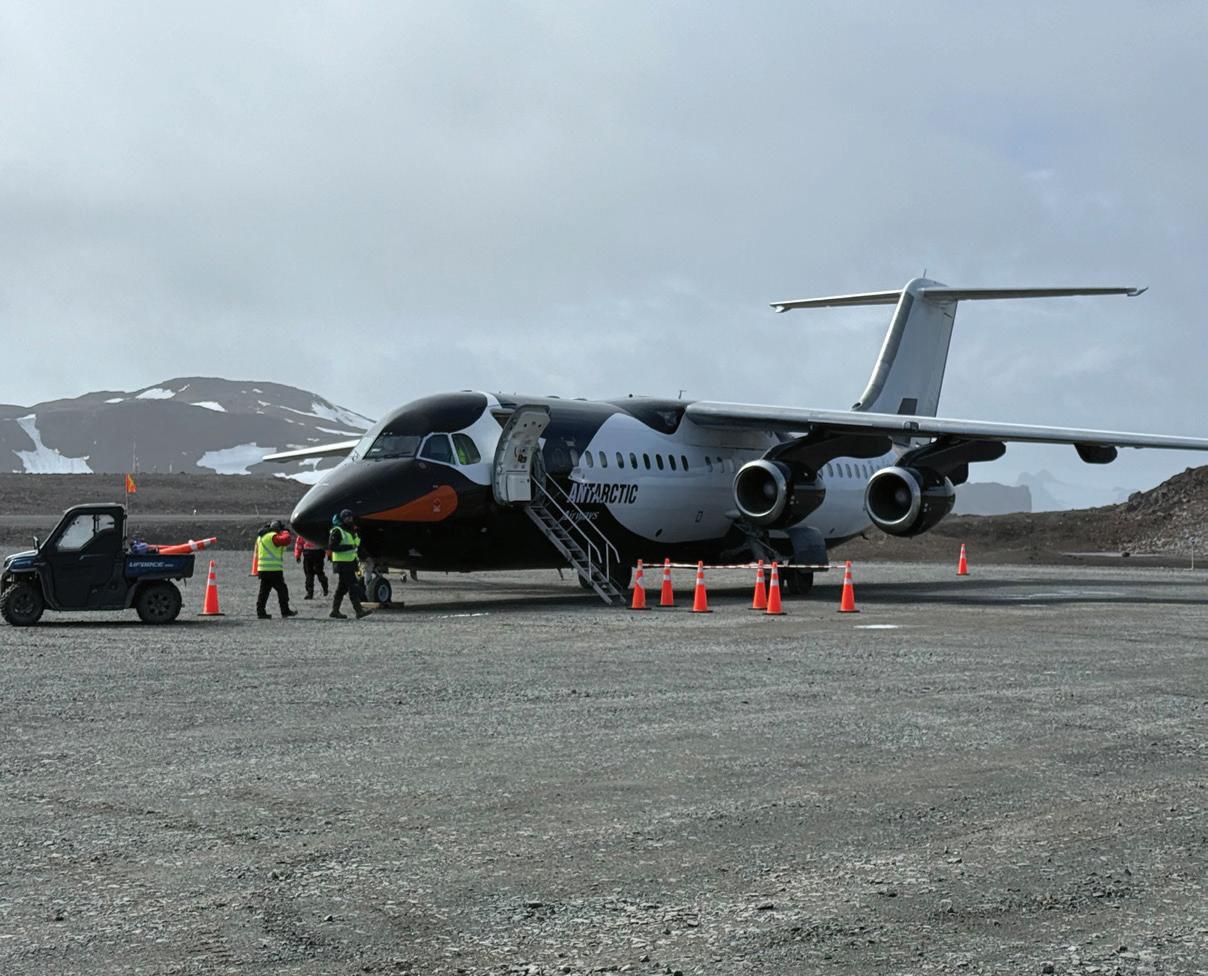
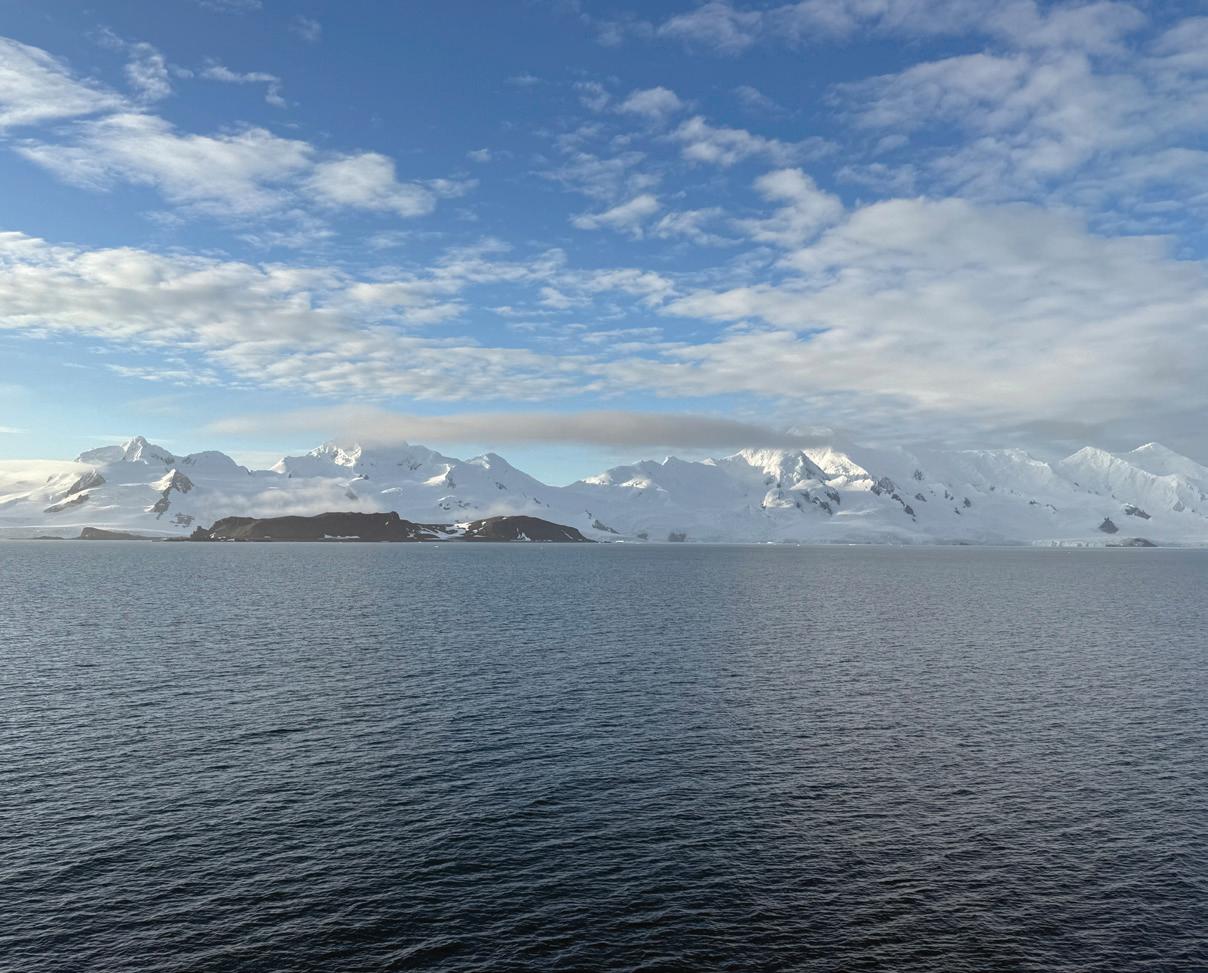
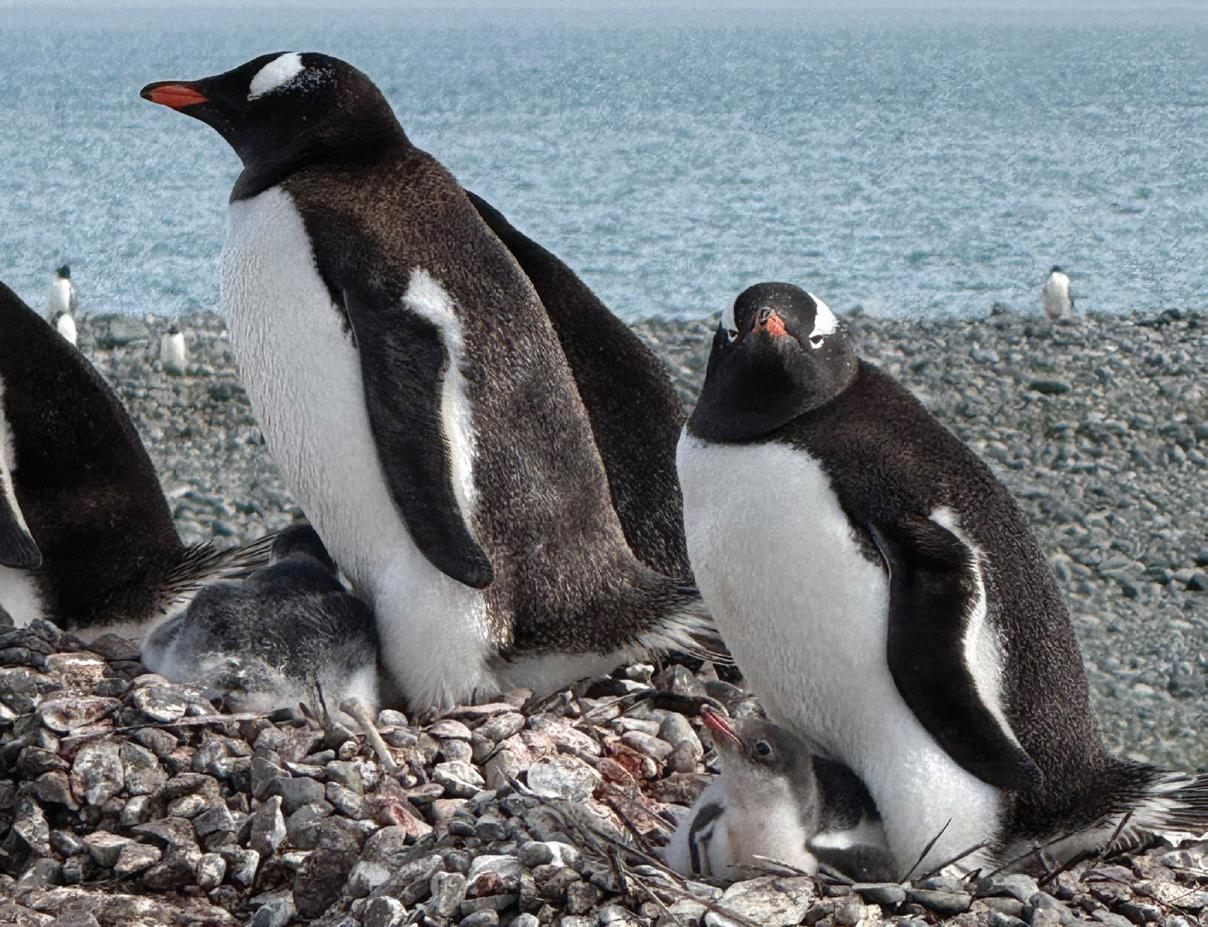
Leading up to the trip, I added a whirlwind stop at Easter Island since I’d be in the neighborhood—relatively speaking. This put me home a few days later, on my 55th birthday. After a 27-hour layover in Buenos Aires, I flew to Ushuaia, Argentina, known as Tierra del Fuego, or the "End of the World." It’s the southernmost established city on the planet, a resort town near the Patagonian Mountains, national parks, and Antarctic cruise port.
I had dreamed of this trip for years, researching routes, transportation, and costs. In the past decade, travel to the land of ice and rock has become more accessible. About a year ago, I contacted travel agencies specializing in lastminute trips. To my surprise, the average wait time was two years. But the next day, I got an email—an opening was available in 11 months. I called back and put down my deposit.
I traveled aboard the Ocean Nova, a 240-foot vessel carrying 60 passengers. It took two full days at sea to cross the infamous Drake Passage. The water was active but far from its worst, considering we were sailing out of Cape Horn.
On the ship, three hearty meals were served daily. Passengers could relax in the library, study, or observation deck. There were lectures on Antarctica’s history, geography, and biology. In the evenings, the bar offered a great atmosphere to meet fellow travelers. One morning, I saw a pod of hourglass dolphins riding the ship’s wake. These rare, black-and-white dolphins resemble miniature killer whales and are only found in Antarctic waters. In my time aboard, I also spotted orcas, and later watched a pod of whales in the distance, their water spouts appearing like ocean geysers.
The rough sea travel became worth it when we reached the calm harbor waters of Antarctica’s South Shetland Islands. We disembarked at Half Moon Island and later at Greenwich Island. On land, we were free to explore, walking past roaring elephant seals, sunbathing fur seals, and large colonies of honking penguins. Snow-covered peaks towered in every direction. En route back to the ship, we watched massive ice chunks calve from the face of a glacier.
Our final stop at sea was King George Island, home to a research base and airstrip. Our itinerary concluded with flying to Punta Arenas, Chile, where my fellow travelers scattered home. But I wasn’t quite finished yet.

From Santiago, I flew five and a half hours west to Rapa Nui, better known as Easter Island. Discovered in 1722 by Dutch explorers on Easter Sunday, the island is one of the most remote inhabited places in the world. It sits 2,182 miles from central Chile and 1,200 miles from the nearest populated island. The island’s origins remain mysterious, but it was colonized about 1,200 years ago by Polynesians. Despite periods of peace, Easter Island endured tribal rivalries, slave trade activity, deforestation, and disease brought by European explorers. These challenges led to fluctuating and often dangerously low populations. Chile annexed the island in 1888, and today, it is considered a "special territory". Much of the land is a national park.
Easter Island is roughly 15 miles long and seven miles wide. Most of its about 8,000 inhabitants live in the relaxed town of Hanga Roa. The lush island, formed by volcanic activity, features dark rocky alcoves, a large sandy beach, and endless views of the Pacific. But it’s best known for its Moai—nearly 1,000 massive stone statues. These statues, quarried from a solidified lava rock hillside, average 13 feet in height.The largest unfinished Moai reaches 70 feet. They were transported by sliding, rolling on palm trunks, or "walking" in a controlled rocking motion. Created to honor island royalty and chiefs, the Moai are awe-inspiring, a testament to human ingenuity. This venture concluded my journey among ice and rock.
My 38-hour journey home brought with it the reflections and memories that travels do. As with any great adventure, I returned a little wiser, deeply grateful, and happy to be back. And on my 55th birthday, I gained dual citizenship—American and Senior. Happy travels.
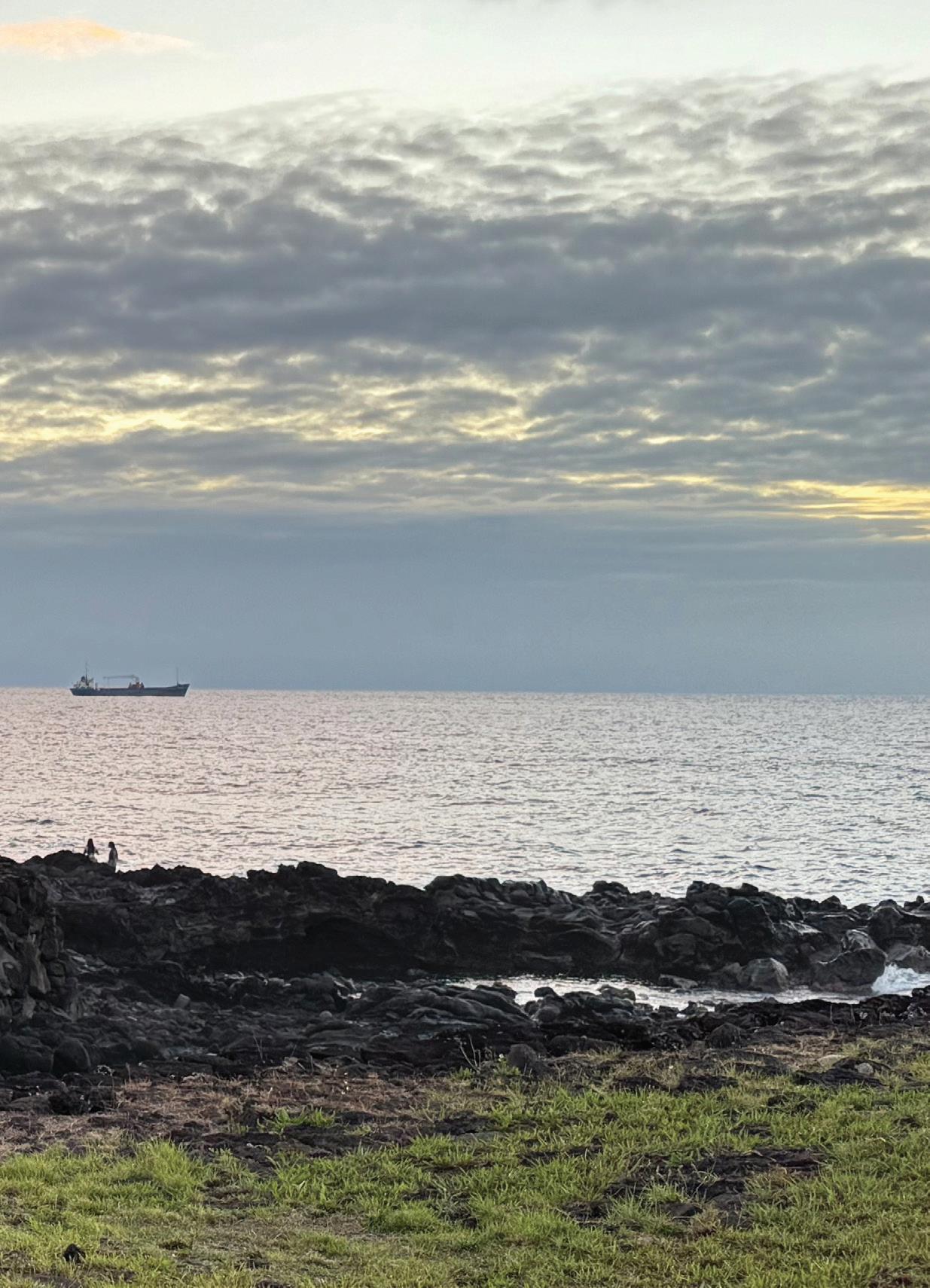

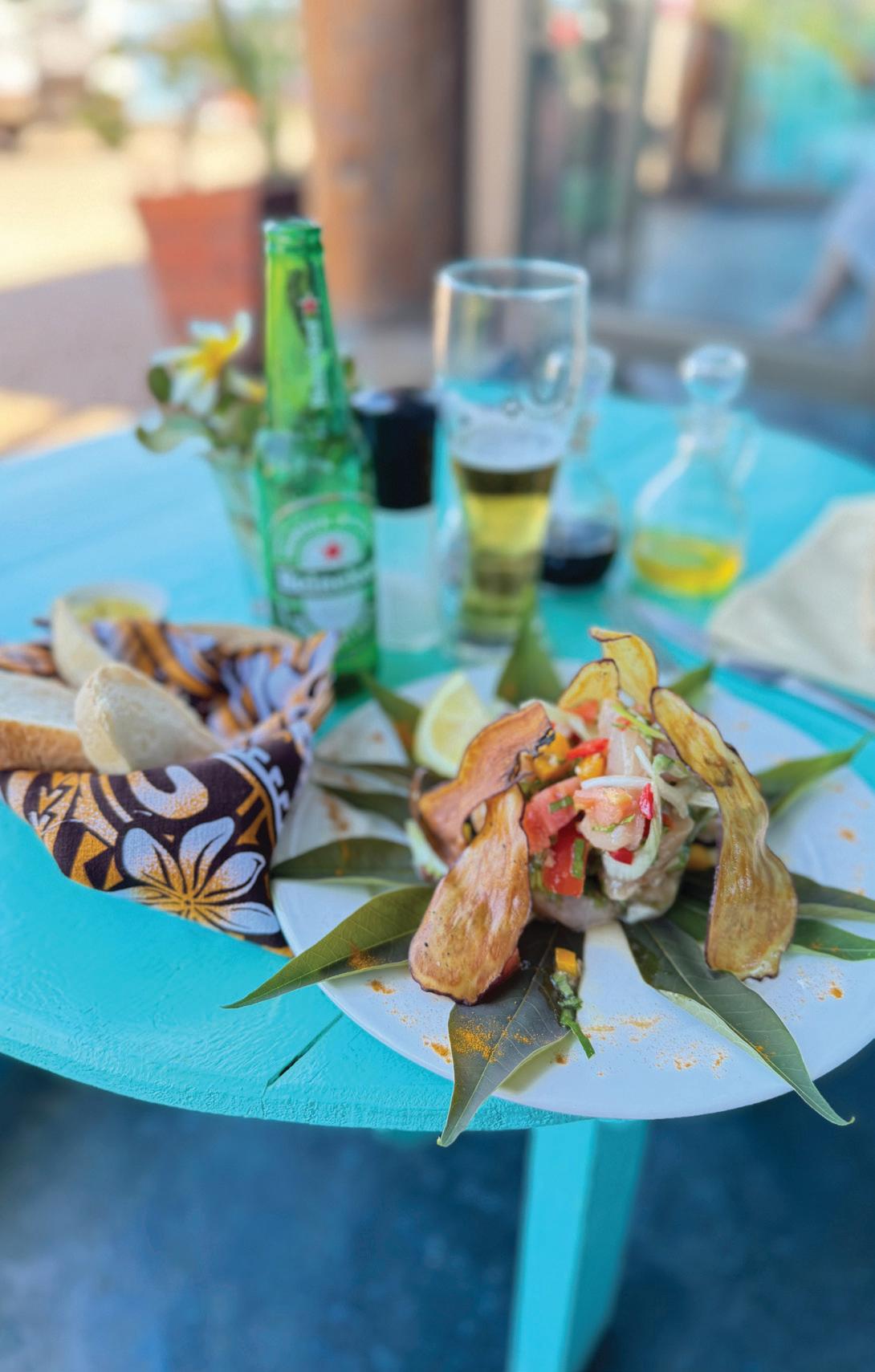
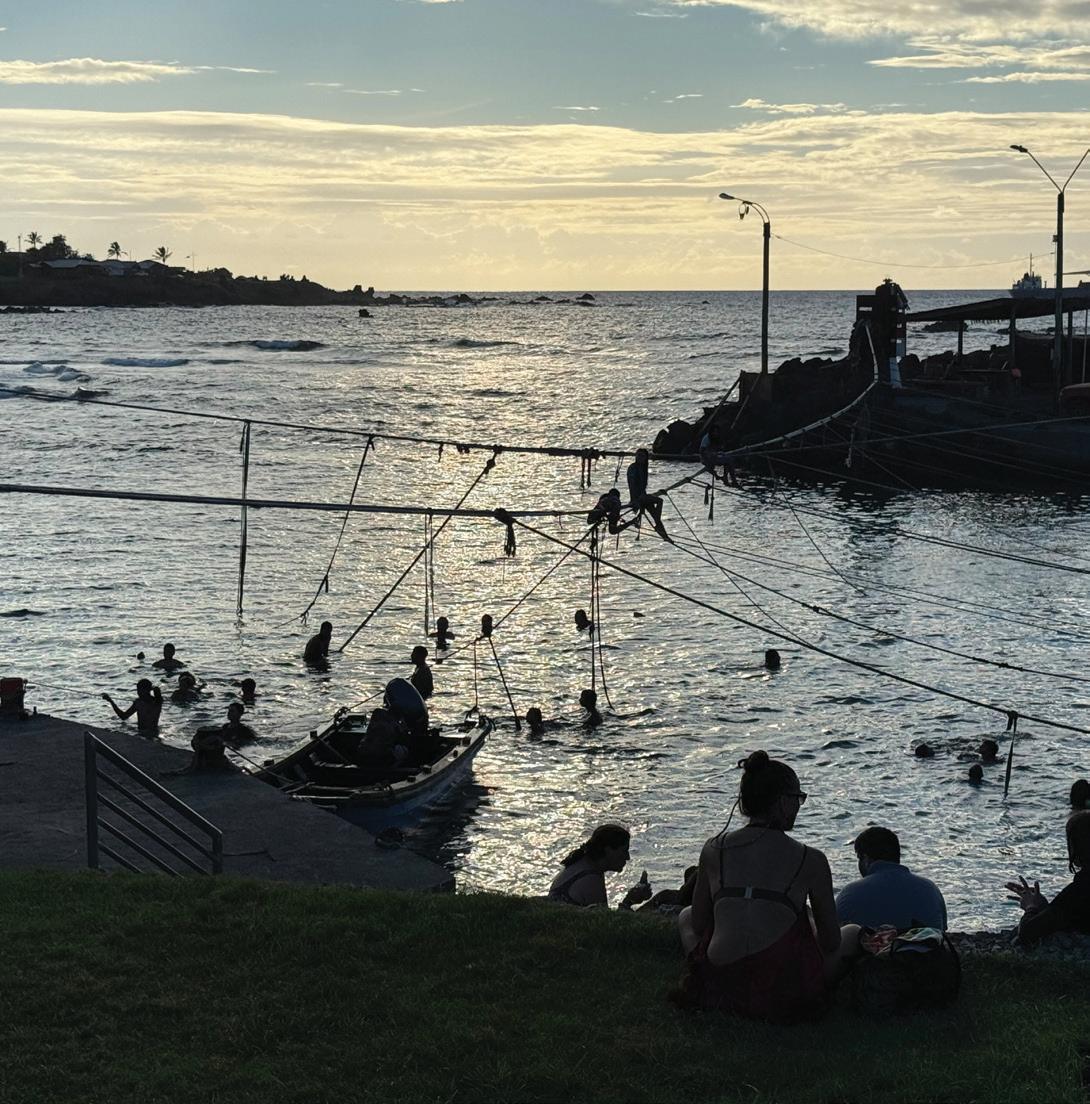


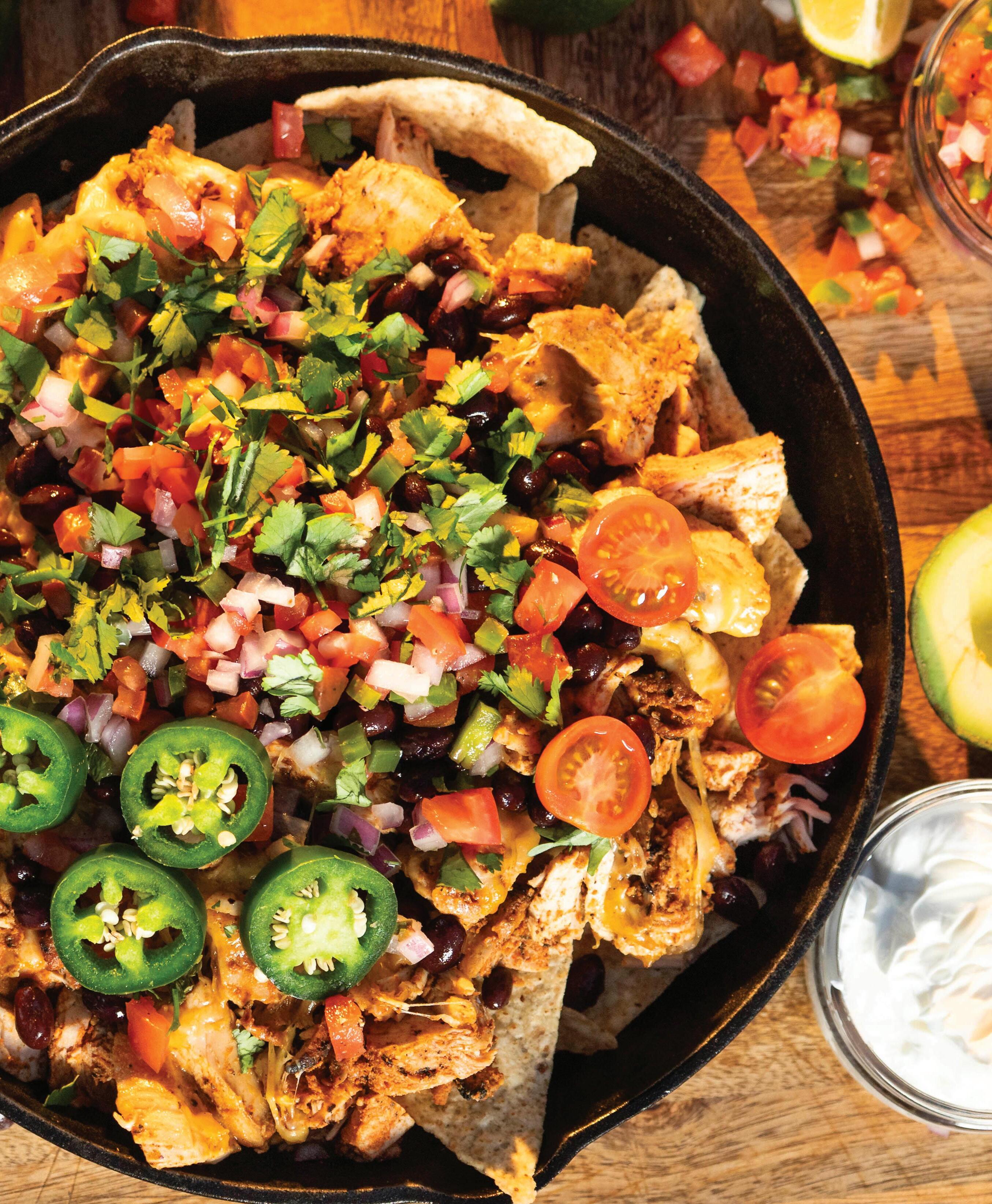
by Lifestyle Staff
Prepping for a camping trip is all about balancing convenience and delicious meals. While hot dogs and s’mores are classics, sometimes switching it up is the call, and campfire nachos may be your answer. With a little prep at home, you can have a quick and satisfying meal ready in minutes by the fire.
Shred cheese and store it in a sealed bag.
Dice veggies (tomatoes, green onions, jalapeños) and pack in small containers.
Pre-cook meat (if using) and store it in a cooler.
Drain and rinse beans so they’re ready to go.
Cast-iron skillet or disposable aluminum pan
Coals or camping stove
Aluminum foil
Tongs or heat-resistant gloves
Serving spoon




Serves 4-6 (depending how hungry your campers are!)
1 bag tortilla chips
1 ½ cups shredded cheese (cheddar, Monterey Jack, or a blend)
1 can black beans, drained and rinsed
1 cup cooked chicken or ground beef (optional)
½ cup diced tomatoes
¼ cup sliced jalapeños (optional)
½ cup chopped green onions
½ cup sour cream or Greek yogurt
½ cup guacamole or sliced avocado
¼ cup chopped cilantro (optional)
INSTRUCTIONS: 1 2 3 4
Prepare the Fire – Let your campfire burn down to hot coals or use a camping stove.
Layer the Nachos – In a cast-iron skillet or aluminum pan, layer half the chips, cheese, beans, meat, chilies, and tomatoes. Repeat with another layer.
Cover and Cook – Cover with foil and place over the fire for 10-15 minutes until the cheese melts.
Top and Serve – Remove from the fire, add fresh toppings (green onions, sour cream, guacamole, cilantro), and enjoy!
PRO TIP: Line the pan with parchment paper for easy cleanup.

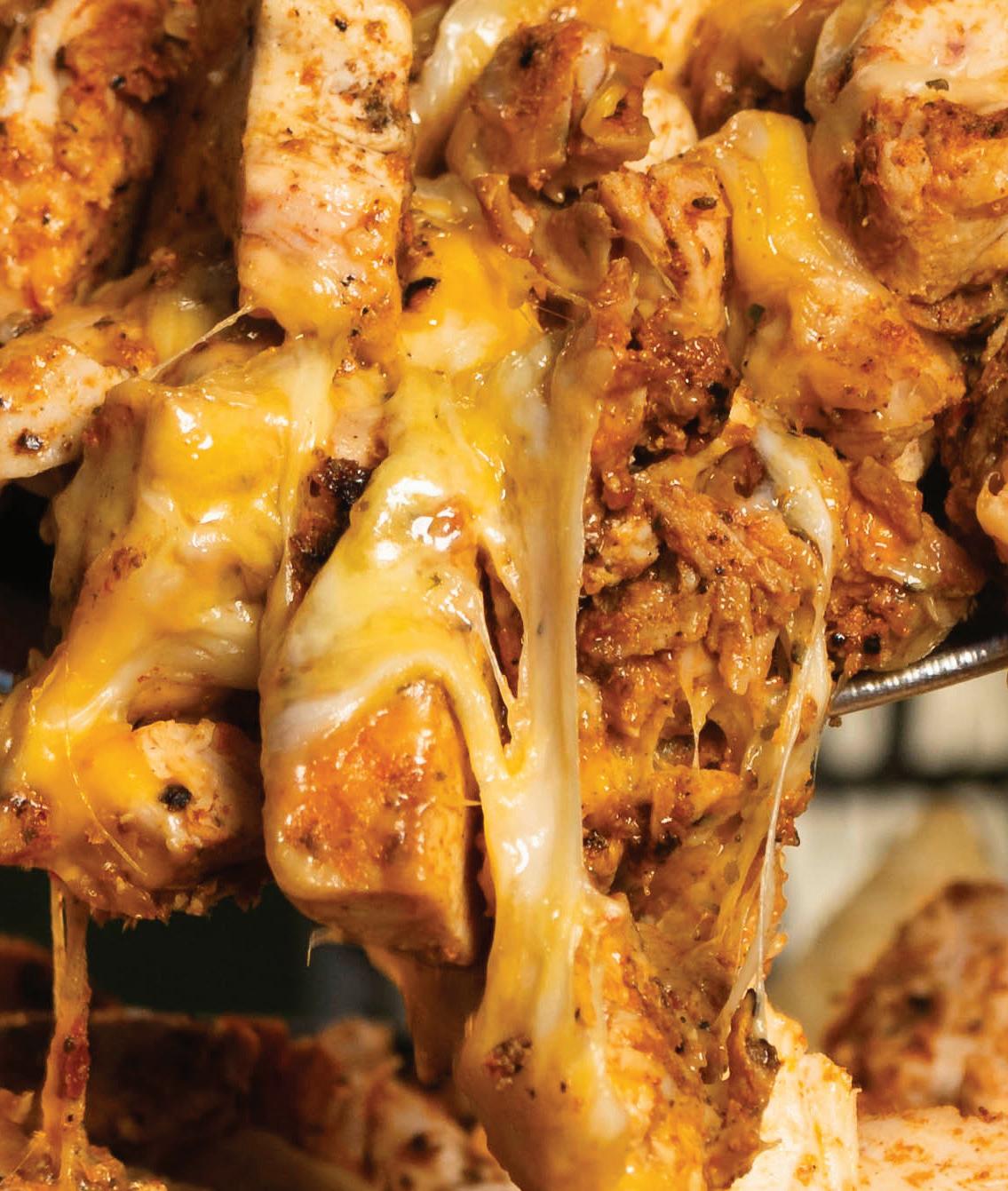
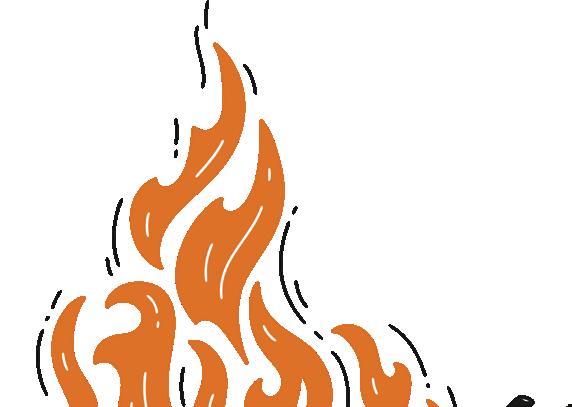

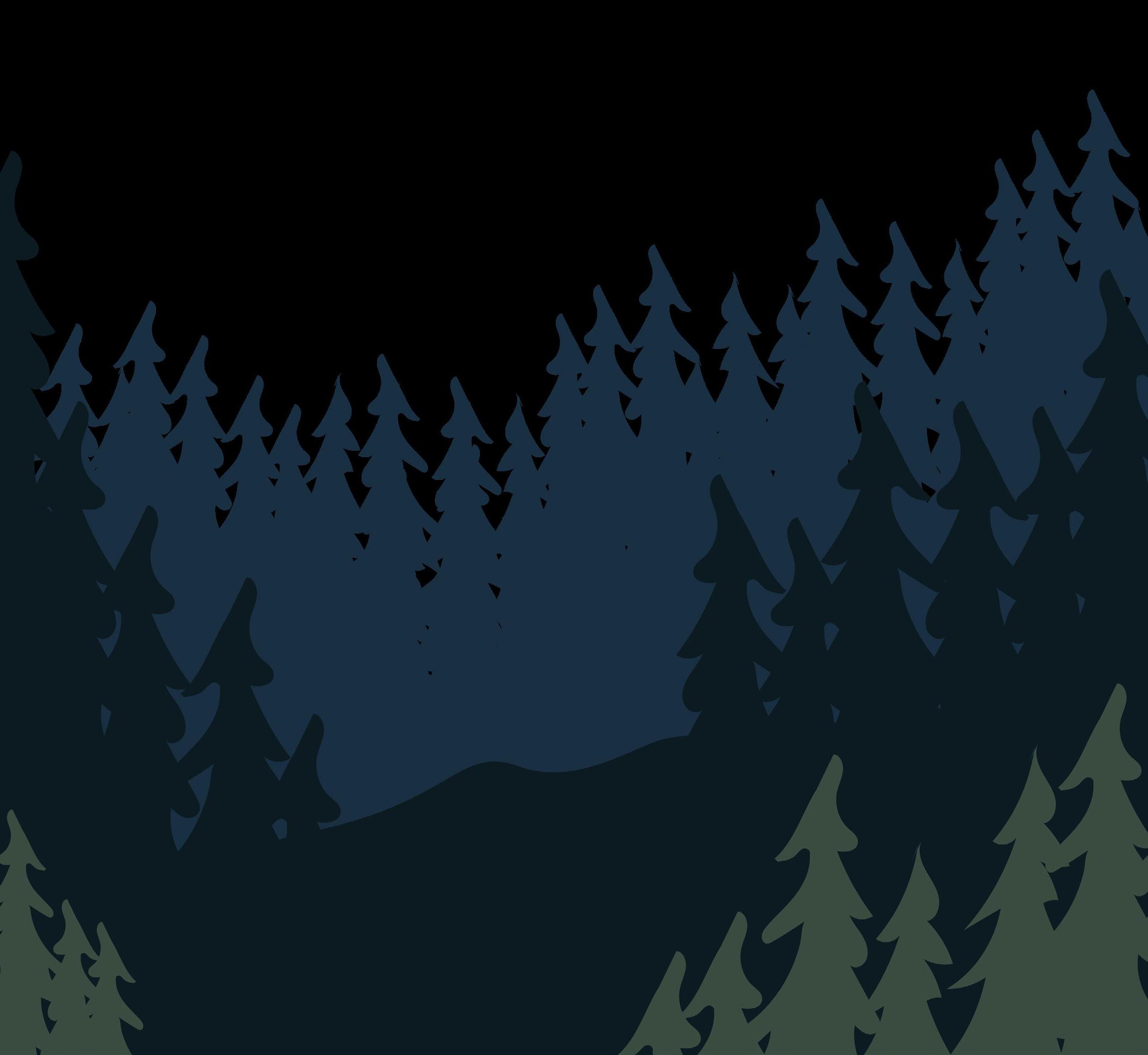
From towering redwoods to sweeping canyons, our parks offer breathtaking landscapes and unforgettable adventures for everyone. Whether you're seeking solitude on a remote trail or creating family memories at iconic landmarks, there's something magical waiting to be discovered. Take this opportunity to unplug, breathe deep, and experience the wonder of our protected wild spaces. Your next great adventure is just a park away!
“Climb the mountains and get their good tidings. Nature's peace will flow into you as sunshine flows into trees.”
- John Muir







Words By Root Staff
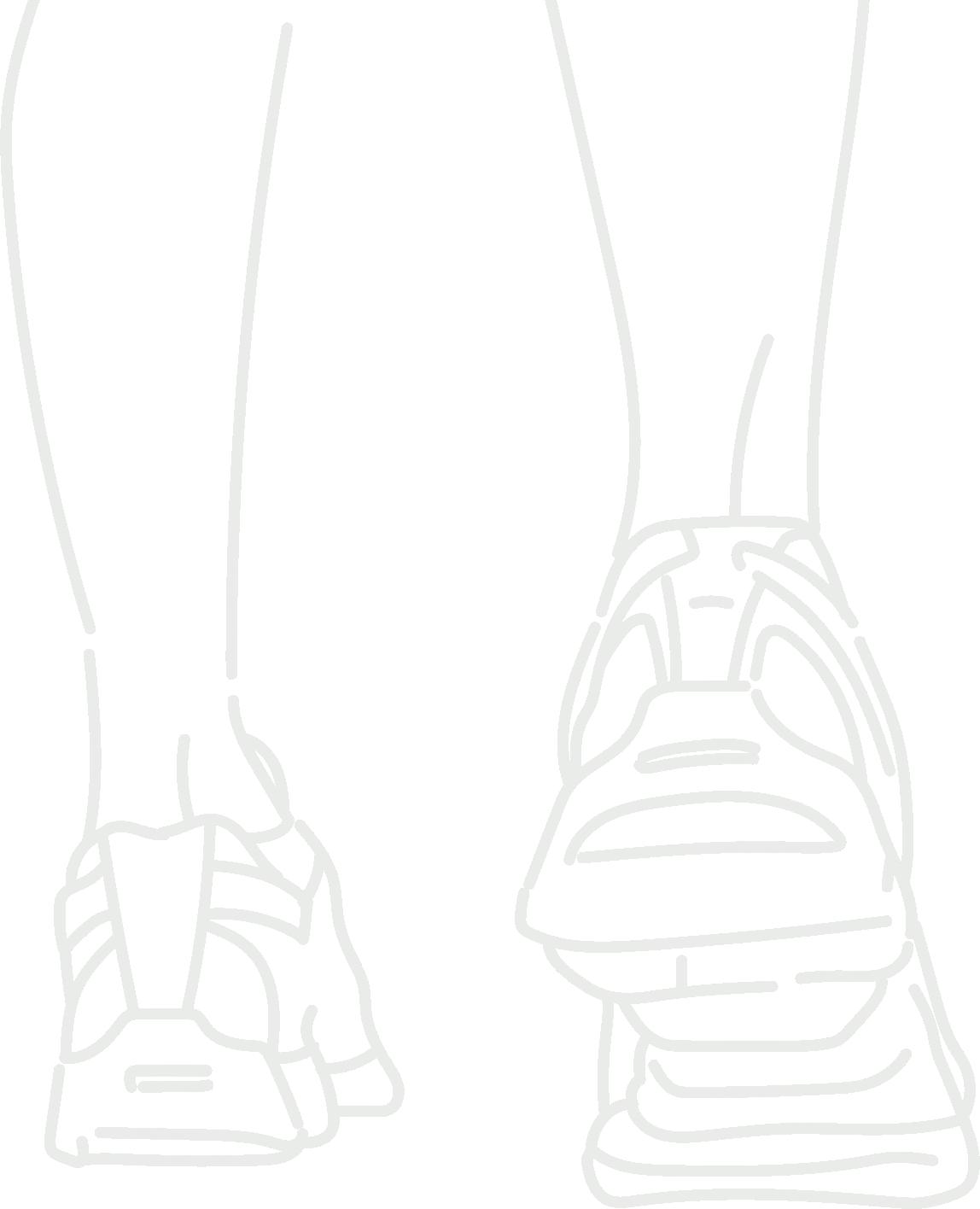
The grass is greener, flowers are blooming, and the world just feels more awake. It’s that time of year when being outside actually sounds like a great idea. And if you’ve been thinking about moving more, running more, or just shaking off that winter slump—consider this your sign.
With summer around the corner, now’s the perfect time to get into a rhythm. Not for a “summer body” or whatever (this is just a plus!)—but for you. To feel good, get fresh air, and build momentum in a way that actually sticks. So, if you're ready to hit the pavement (or the trails), here are some tips to make running this spring a little easier, a little more fun, and something you actually want to keep doing.

Running shouldn’t feel like a chore. It’s not some task you have to do to look better; it’s an opportunity. A chance to move, breathe, and take in the world around you. And honestly? That’s what made me fall in love with it.
When I started running, I didn’t do it to train for a marathon or hit some goal on a scale. I did it because it felt good. It was my time to step outside, feel the wind on my face, soak up the sun, and watch the sky shift into those dreamy pink hues at sunset. When you stop looking at running as something you have to do and start seeing it as something you get to do, everything changes.
Running for joy is a great reason to start! But over time, building strength, endurance, and speed becomes just as rewarding. The thing is, you don’t build that overnight. You’re not going from couch to 5K in a day (at least, not in a way that actually sticks). The key? Consistency. You want a routine that challenges you, but also keeps you coming back.
And if that means starting slow? Perfect. Some of the best runners out there swear by the Galloway Method, where you mix running and walking in intervals to build endurance without burning out. So if you need to walk, walk. If you need to slow down, slow down. What matters is that you’re showing up, putting in the work, and letting progress happen naturally. Speed and stamina will come with time—you just have to keep going.

What better way to make running a habit than by doing it with people who make it fun? Community is such a huge part of our lives, and when it comes to sticking to good habits, it makes all the difference. One thing from Atomic Habits by James Clear that’s always stuck with me is this: “Join a group where your desired behavior is the normal behavior.” Basically, if you surround yourself with runners, you’re way more likely to keep running.
Plus, running with others just makes it easier. On the days when you’re feeling lazy or unmotivated, having a friend (or a whole group) to encourage you can be the push you need. So, grab your best friend, your sibling, or even your dog, and make it a thing. Imagine an early morning jog with your sister, both of you half-awake but laughing as you go. Or a weekend run with friends that ends with grabbing coffee after. Running with others keeps you on track, makes it way more fun, and gives you a chance to connect with the people around you.
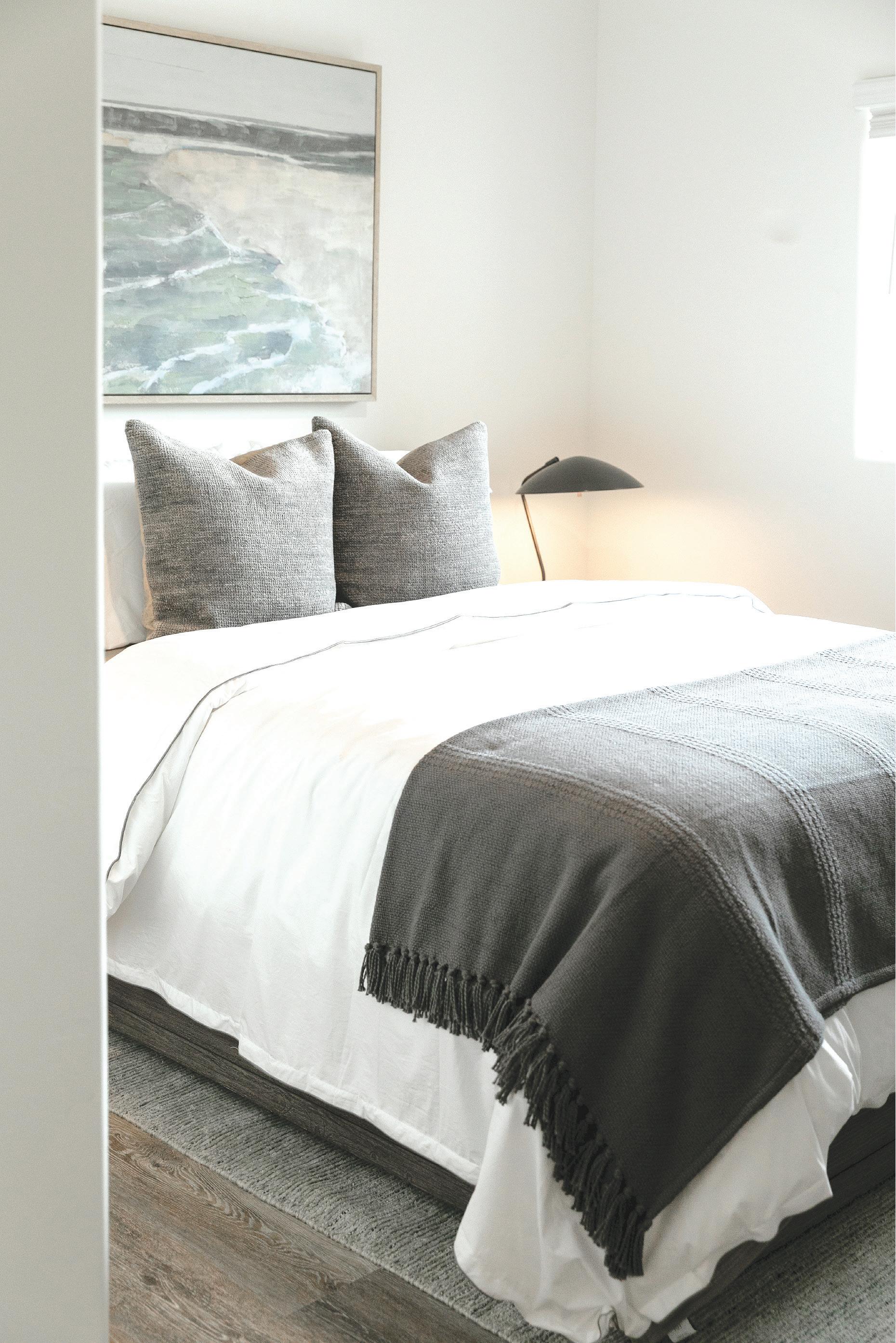
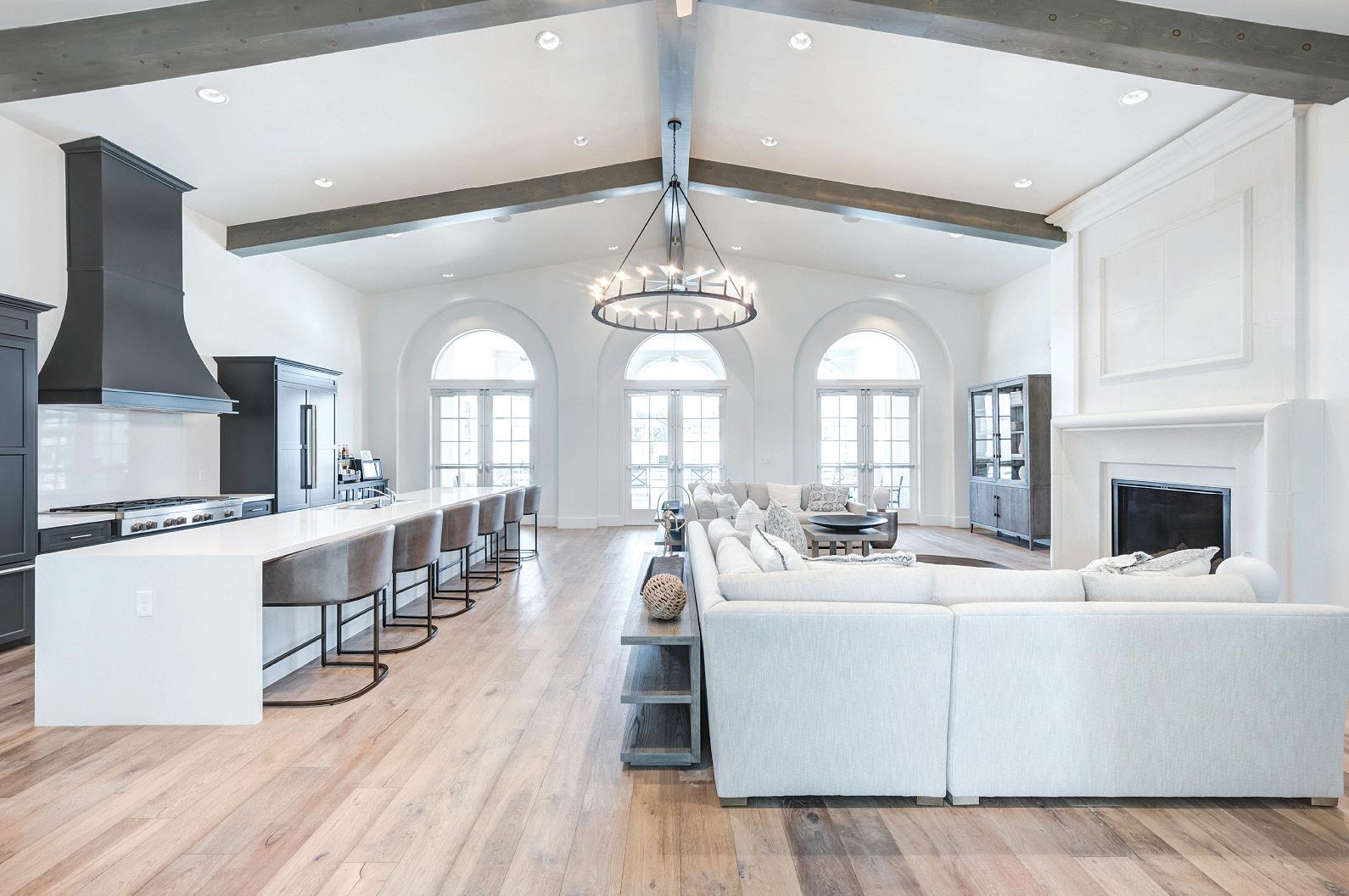
Located in the northwest area of Visalia – a lively apartment community that warmly welcomes all residents. O ering luxurious facilities and delightful Tuscan-inspired architecture. Located just a few miles away from Downtown Visalia, Kaweah Delta Hospital, College of the Sequoias, and more!
• Conference Room
• Outdoor Areas
• Pet Friendly
Apartment Features:
Private Balconies or Patios In-Unit Washer and Dryer
Only a few apartments left! Stop by and reserve yours today.
6710 W Doe Ave, Visalia
tuscanyvillasliving.com

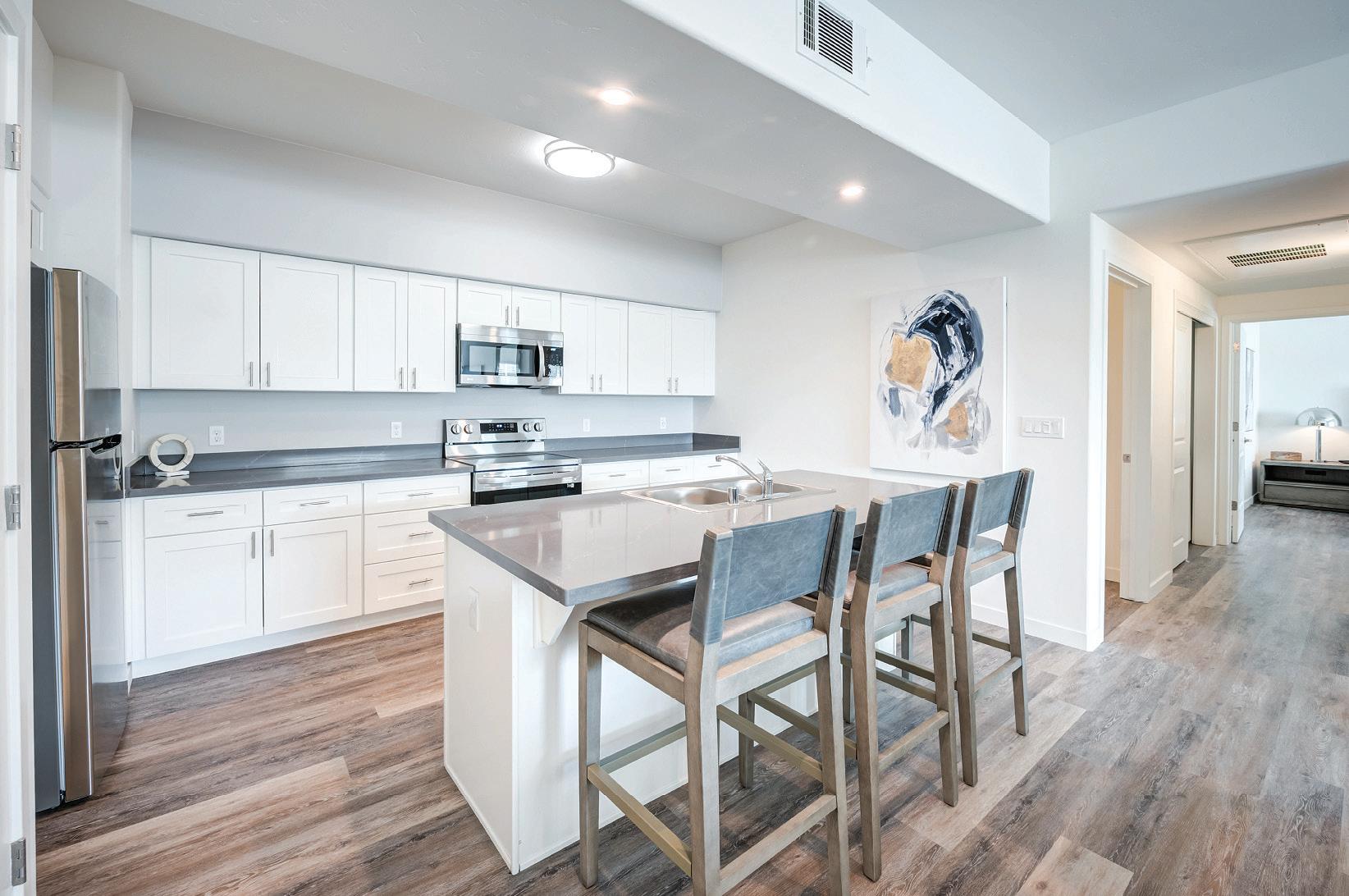
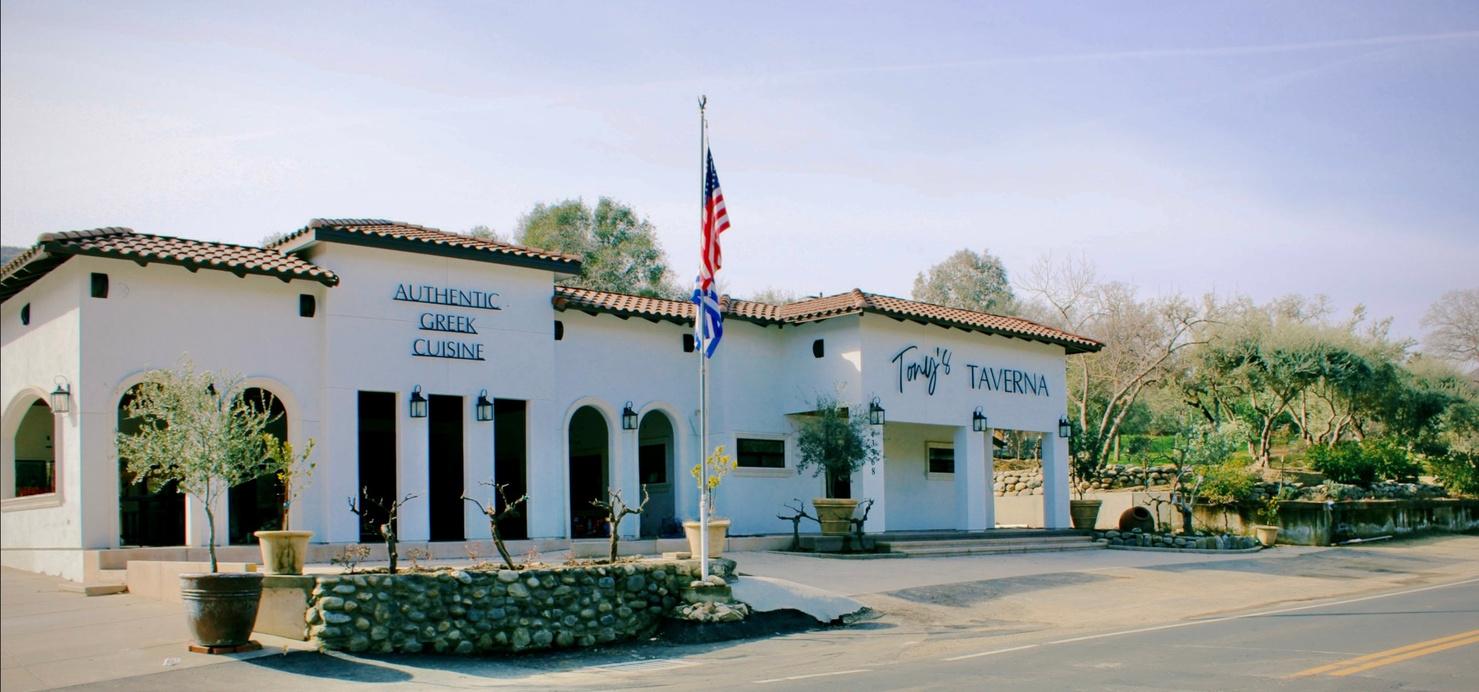


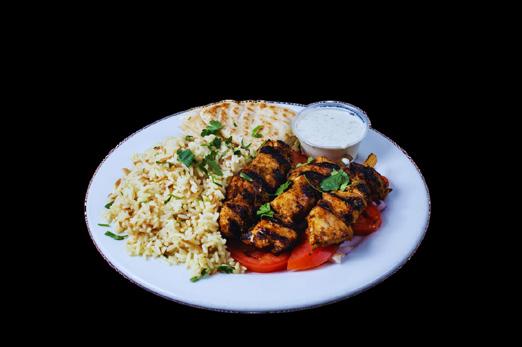
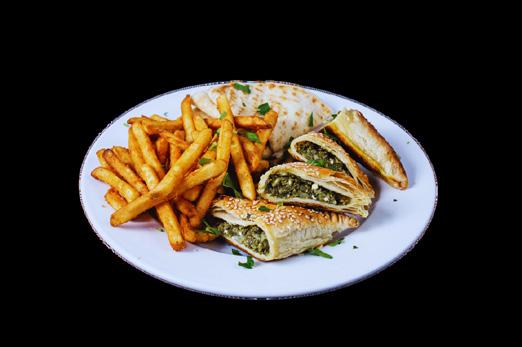


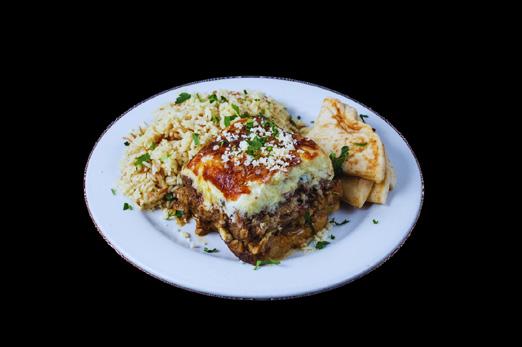

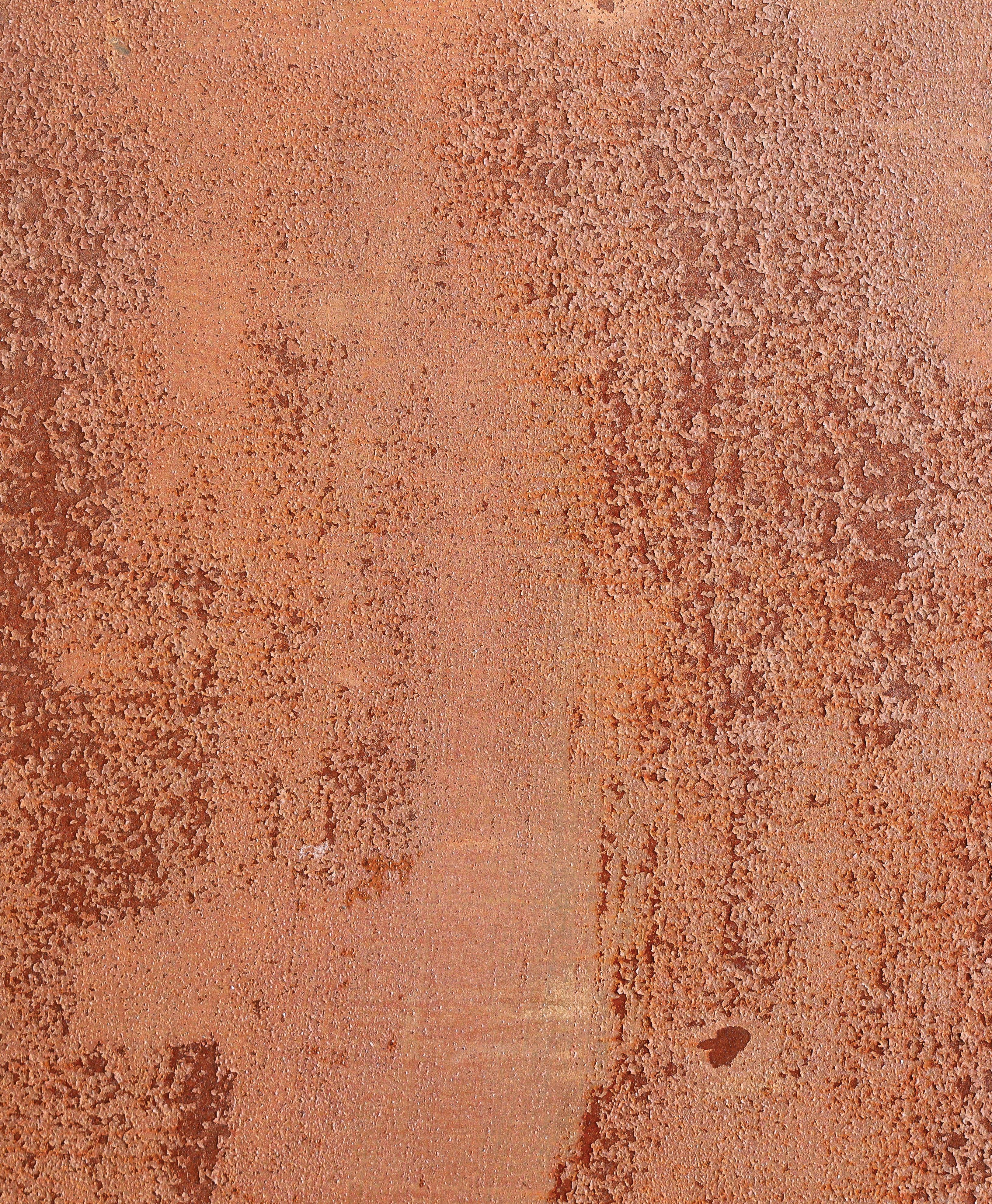
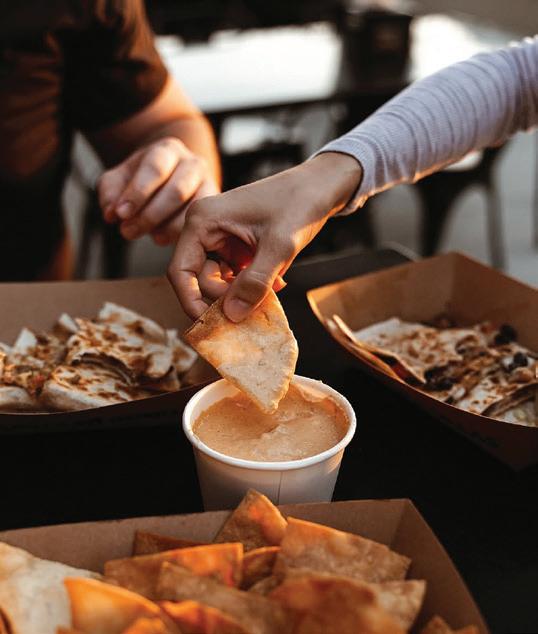
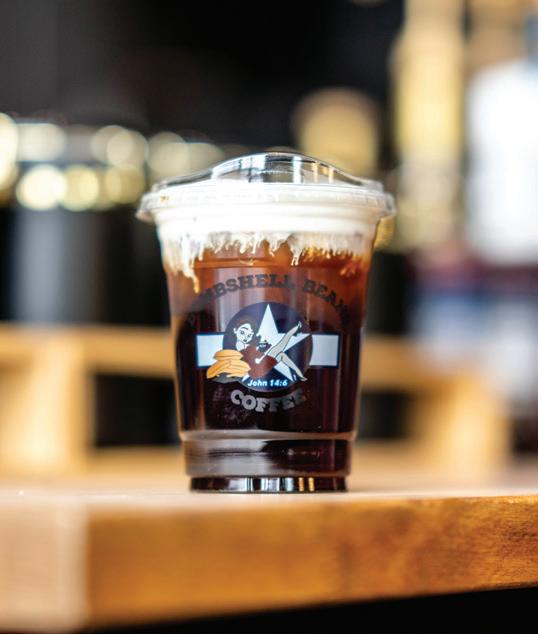
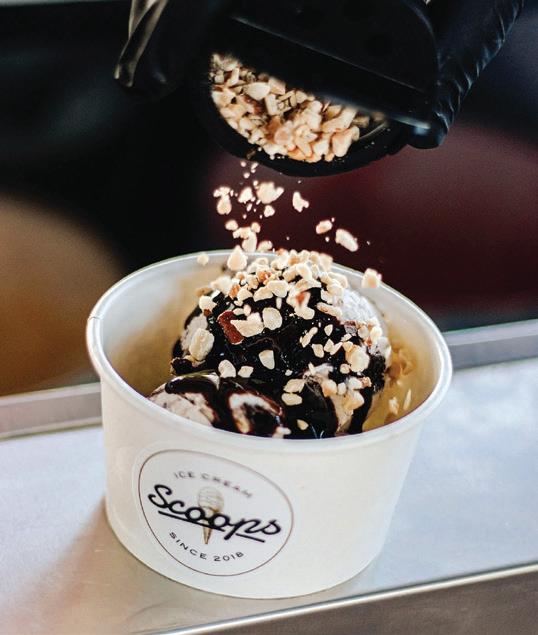
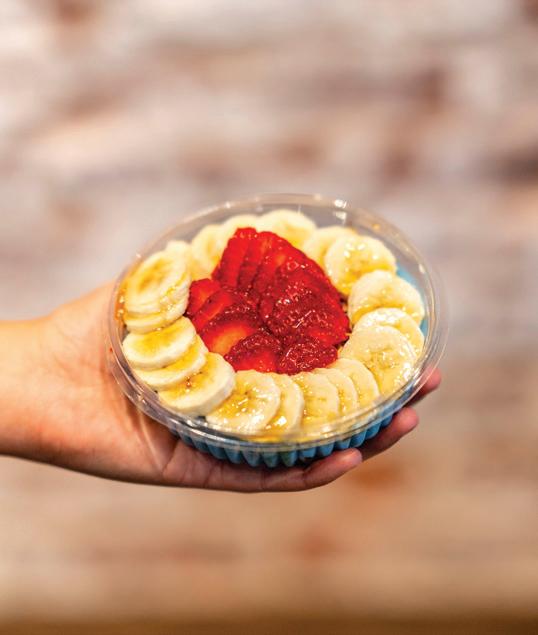
Lifestyle: Dilla rec for a first timer?
Quesadilla Gorilla: Evan Boling plus rice, beans, pico. Cilantro cream and liquid gold, of course.
L: Best cocktail with a dilla?
QG: Guava berry marg add jalapeño tequila. Sweet, delicious, spicy, perfect. Don't forget about the chips and queso.
L: Any secret menu hacks?
QG: Don’t want a tortilla no problem, do a bowl.
L: Sauce that changes the game?
QG: All of them.
L: What makes QG at The Mix special?
QG: We can actually live out our mission of being a community driven company dedicated to building relationships through an enjoyable environment, authentic hospitality, quality quesadillas, and now cocktails!
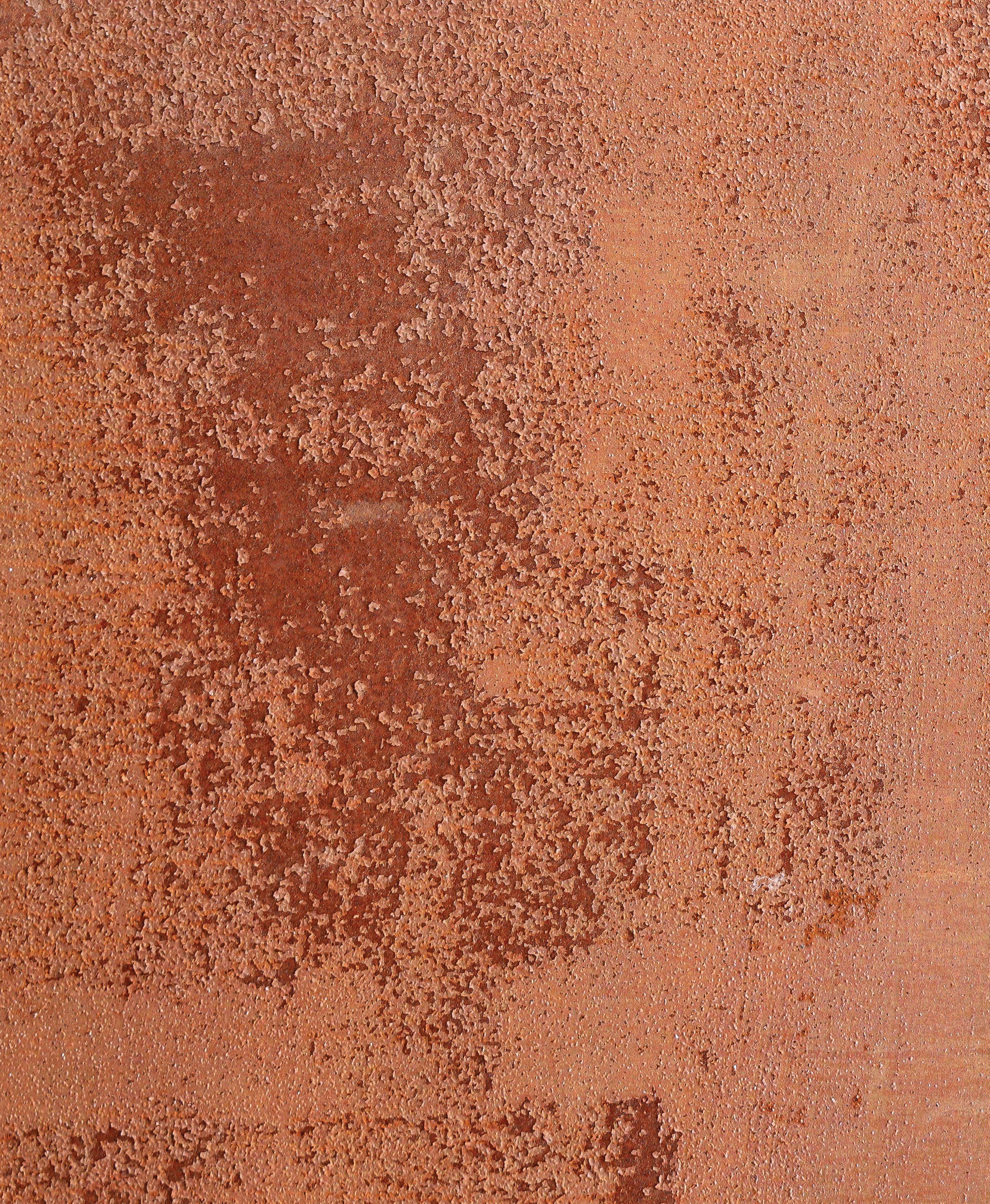
Lifestyle: Most popular coffee?
Bombshell Beans: Definitely the Brown Sugar Cinnamon Latte, where sweet meets spice in perfect harmony.
L: Best drink to wake you up?
BB: Our signature Bombshell, 4 shots of coffee that'll jumpstart your system.
L: Go-to drink for a cozy vibe?
BB: Honey cinnamon latte. Basically a warm hug in a cup.
L: What's a hidden gem on your menu?
BB: The Captain Cold aka Vanilla Cold Brew topped with Vanilla Sweet Cream. Smooth, refreshing, and surprisingly addictive.
L: Favorite thing about being at The Mix?
BB: The amazing community connections! We love meeting wonderful people daily and collaborating with fellow local businesses on creative menu ideas.
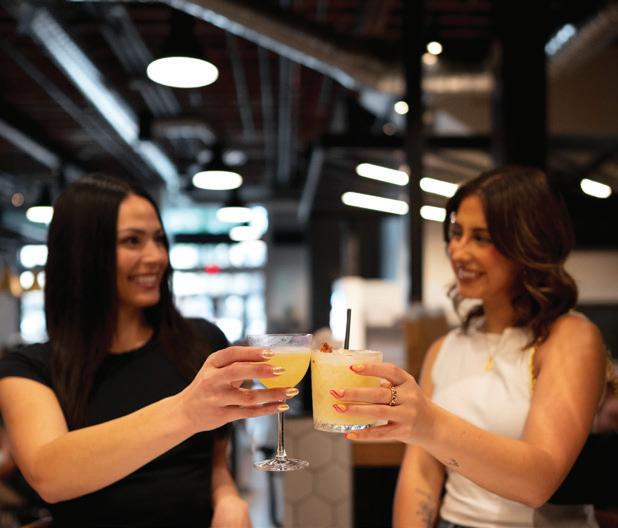
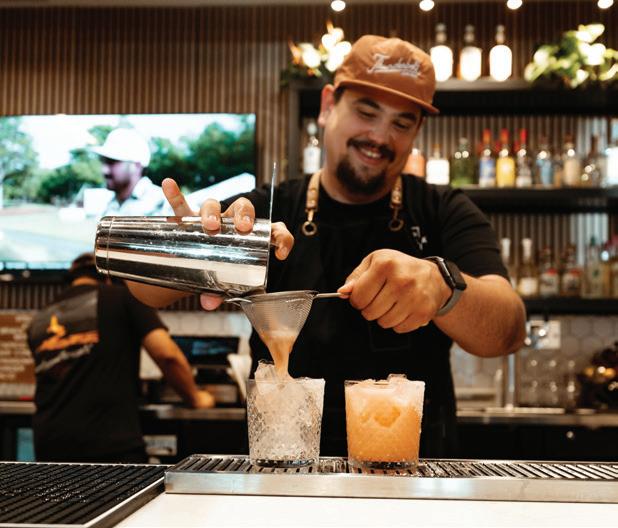
@quesadillagorilla
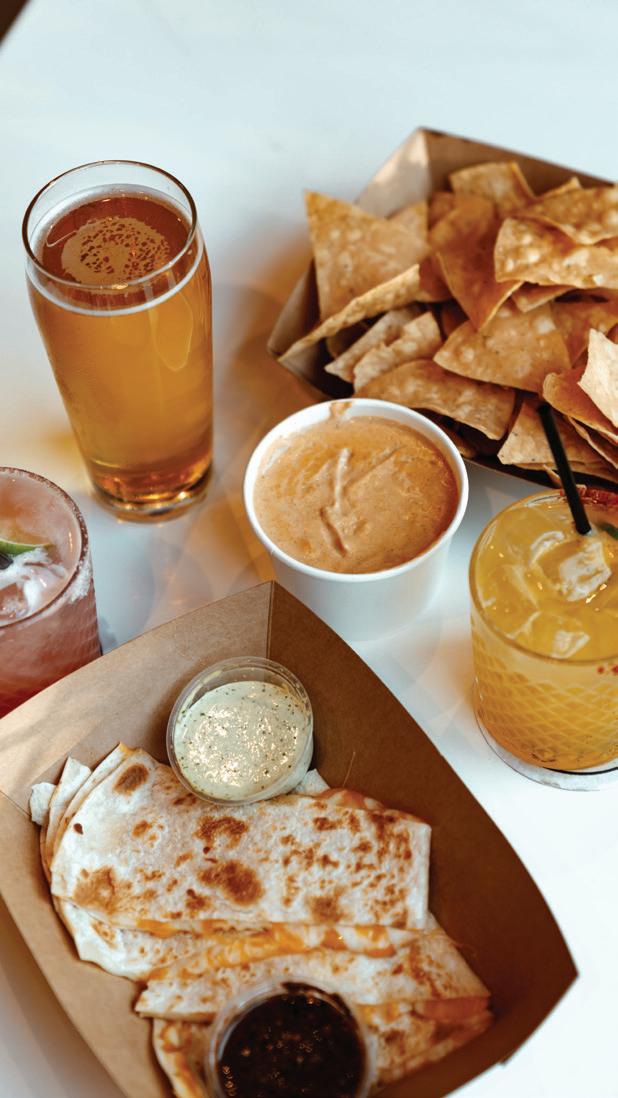
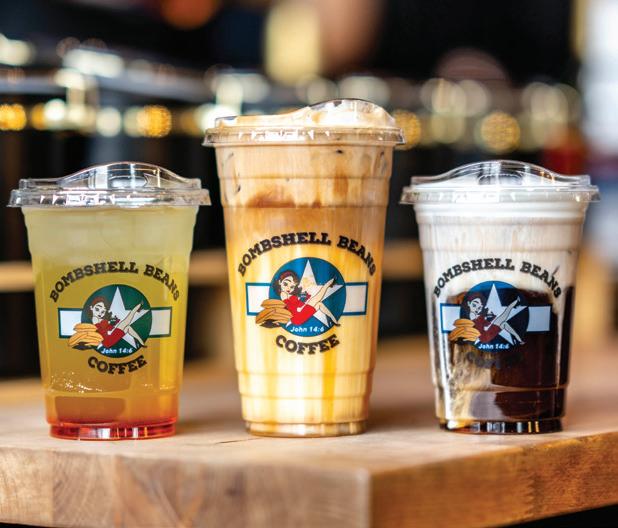
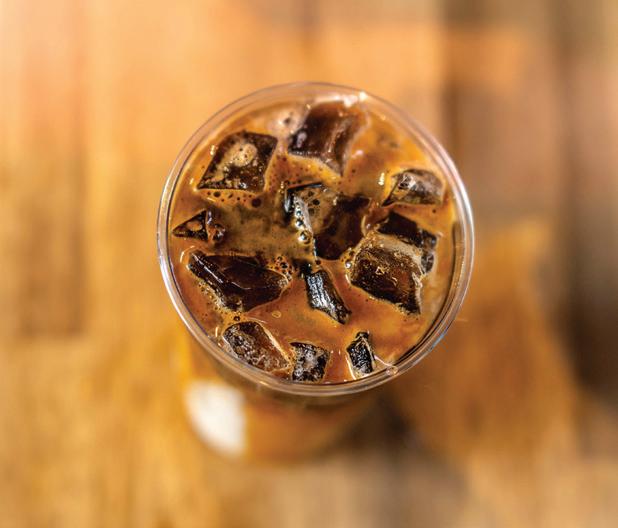
@bombshellbeans
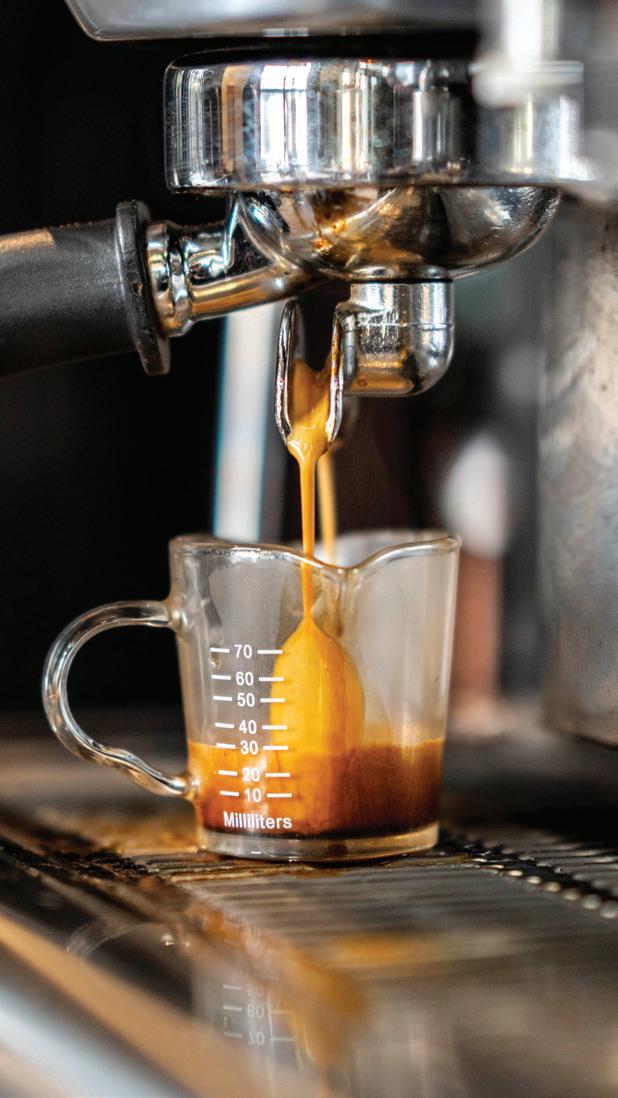

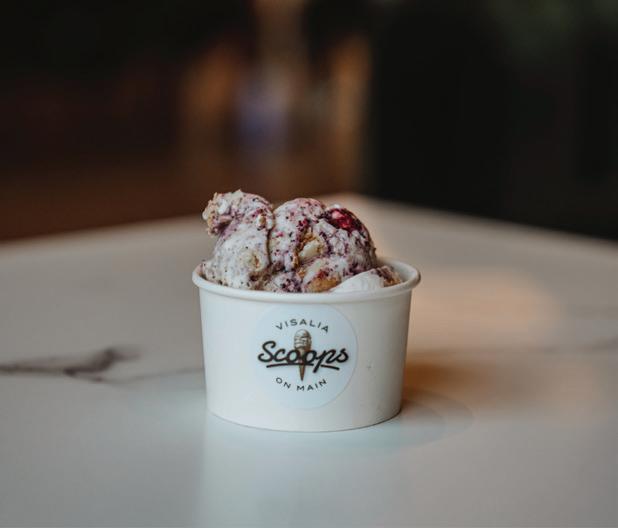

Lifestyle: Best-selling flavor?
Scoops: Cookies and Cream takes the crown— smooth, chocolatey, and a total crowd favorite. But Cookie Monster isn’t far behind!
L: Flavor that deserves more love?
S: Pretzel Stick! It’s the ultimate sweet-and-salty mix with caramel, chocolate swirls, and crunchy pretzel pieces.
L: Go-to topping combo?
S: Toasted S’mores —graham cracker crumbs, rich hot fudge, and a freshly roasted marshmallow.
L: If The Mix had its own flavor, what would it be?
S: A bold blend of unexpected flavors—something surprising yet familiar. Think energizing, comforting, and full of personality, just like The Mix!
L: Favorite part of serving ice cream here?

@scoopssince2018

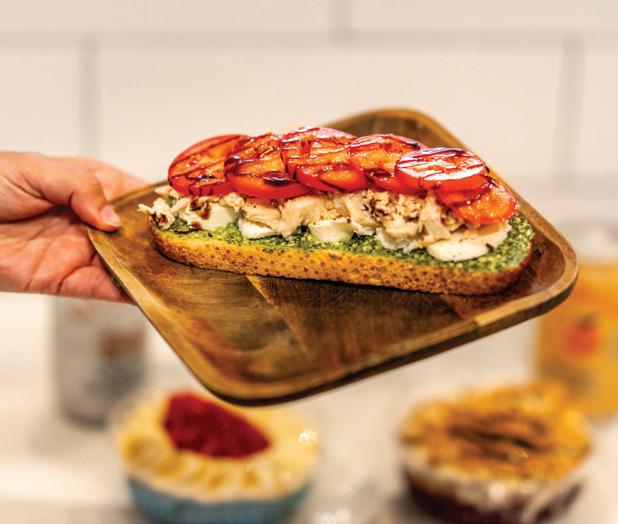
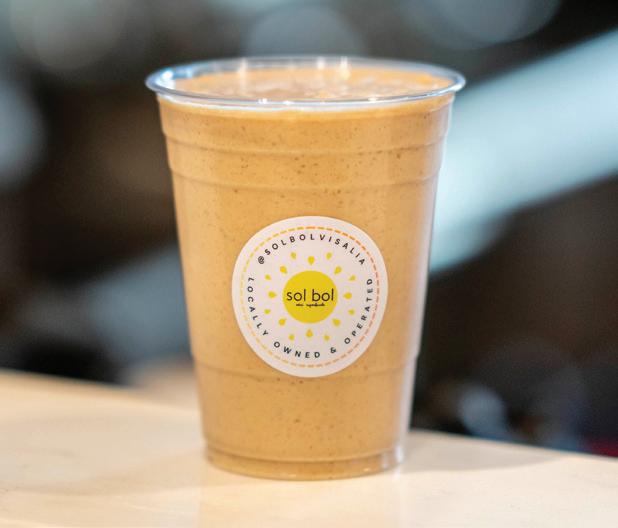
S: Watching that first bite bring instant joy! Whether it’s trying a new flavor or piling on wild toppings, the excitement is contagious!
Lifestyle: Go-to bowl for first-timers?
Sol Bol: Sol Bol and Sunrise Bol with our organic açaí base.
L: Favorite smoothie combo?
SB: Fresh blueberries or creamy protein powder with our açaí-infused Sol Smoothie.
L: Best panini on the menu?
SB: Our Eclipse Panini is a classic—pesto, melty mozzarella, tomatoes, and balsamic. Add salami or chicken for a hearty upgrade.
L: How would you describe Sol Bol in three words?
SB: Healthy, fresh, and versatile.
L: Favorite thing about being at The Mix?
SB : The vibrant atmosphere of a beautiful shared space with three other great businesses that foster one another's growth.
Words by Terry Ommen

The exact date that the first bicycle arrived in Visalia is unknown. What is known is that by the 1890s, the two-wheel vehicles had become a common form of transportation on city streets. The precise amount of bicycles in Visalia at the time is not clear. In June 1896, an energetic local teenager and expert cyclist, Leila Lawrence, set out to change that, and he completed a physical count of total bicycles in town. He recorded a total of 86, a significant number given the town’s population of only about 3,000. Within this count, 27 different manufacturers were represented, with Rambler and Victor making up almost a third of the total.
As with any new form of transportation technology, there is an understandable period of adjustment for the people involved - in this case, all of Visalia’s 3,000 population. One of the first challenges was sharing the road with horses. Horses had enjoyed the right of way on streets for as long as they’d been in Visalia, but with the arrival of the bicycle, horses now had competition for street space. Reverend A. W.
Hunsaker and his horse-drawn buggy found this out the hard way. The preacher and his horse, on a seemingly normal everyday ride through town, were startled by a bicycle crossing their path. The surprise encounter caused $25.00 worth of damage to the buggy, the equivalent of $945 today. In June 1896, the Daily Morning Delta noted that “nearly all of the serious accidents on the bicycle are attributable to the recklessness and immoderate riding.”
The main problem with bicyclists seemed to be excessive speeding. As reported in the Delta in July 1896, “The speed of bicycles on the streets should be regulated at once. Scorching [speeding] on Main Street at night is still practiced and will result in the death or disabling of someone if not stopped.”
The Visalia City Council wasted no time. They ordered the city attorney to prepare an ordinance regulating the speed of bicycles and tricycles on city streets. Within a month, a speed limit was in place limiting riders to travel no faster than six miles per hour on Main Street or eight miles per hour on other streets. Riding on sidewalks was also made illegal.
With the popularity of the bicycle came theft. Locking bikes up had apparently not been thought of yet, so the two-wheel vehicles became popular objects to steal. As bicycle larceny became more and more common, tolerance wore thin and punishment became severe. In June of 1902, Marcel Hauret, an employee of the French Laundry in Visalia, stole a co-worker’s bicycle. He rode it to Goshen and boarded a train en route to Fresno. Visalia City Marshal Watson investigated the theft and went to Fresno in search of Hauret. Watson found his culprit and returned him to Visalia to stand trial. Hauret was convicted of grand larceny and sentenced to one year at San Quentin State Prison.
When bicycles were first introduced, they created quite a stir with the sexes. The usual attire for women was dresses and skirts, but most found the clothing inappropriate for bicycle riding. As a result, knickers and bloomers came on the fashion scene. However, these were viewed to many as not “ladylike”, so female bicyclists were in a quandary. Wear bloomers and be criticized for wearing unpopular clothing, or not ride a bicycle? One local male newspaper editor despised bloomers for women so much that he “sold his bicycle and gave up wheeling [in protest] because several of his lady acquaintances announced their intention of wearing that bifurcated garment.”
Eventually bloomers caught on as appropriate female clothing for bicycle riding in Visalia and throughout the country. Susan B. Anthony, the famous suffragist, proudly claimed, “The bicycle has done more for the emancipation of women than anything else in the world.”
Early cyclists understood the importance of road conditions. Objects in the road could have terrible consequences for riders, so it became normal practice to pick up hazards found on the streets. The Delta commented on this, “Whenever an object is found in the roadway that will injure a tire, even though the discoverer may have passed in safety, the cyclist will almost invariably stop and remove the danger in order that the vehicles of his fellow riders may not be harmed.” But this roadway etiquette was not always followed. While riding, an unnamed Visalia council member ran over some tacks that he believed had been thrown on the street with “malicious intent.” That’s exactly why riders like Nate Rogers carried a tool kit while riding, which included an air pump, extra inner tube, six tire patches, eight wrenches and a whistle.
Some riders were not content with just leisurely moving along the streets. Walter Geldert, for example, liked to put his bicycle and his physical endurance to the test with speed runs to neighboring towns. On one occasion, he made the trip between Visalia and Porterville in just over 3 hours. Another time he traveled the 12-mile

jaunt to Tulare in 56 minutes, a good time even though a pesky flock of sheep wandered onto his path, delaying him.
The local newspaper reported other benefits of the bicycle. “Were it not for the bicycle, the public would not receive the city papers near as quickly as they are at present served,” they reported. They also credited the vehicle with luring men from the gambling table, adding that they “now go broke on the wheel.”
Bicycles added another dimension to community celebrations, as bike races became common. The Independence Day 1899 festivities held a six-mile race, attracting riders from many neighboring towns. The big July 4th parade also now included cyclists. As part of the evening program, bicycles equipped with lanterns took part in what was called the Grand Illuminated Bicycle Parade.
Although debate over bicycles in the community was sometimes contentious, by the turn of the century, bicycle riding was commonplace and accepted. Men and women were riding for pleasure and business. The two wheel vehicle had caught on and was here to stay.

Embrace the Outdoors with Community Events This Month!
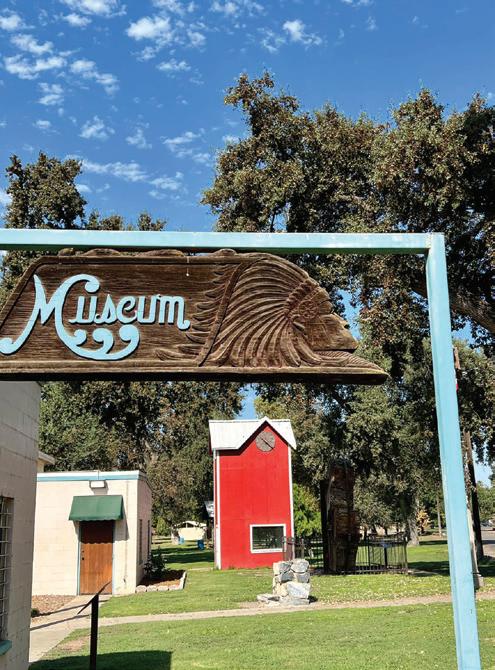
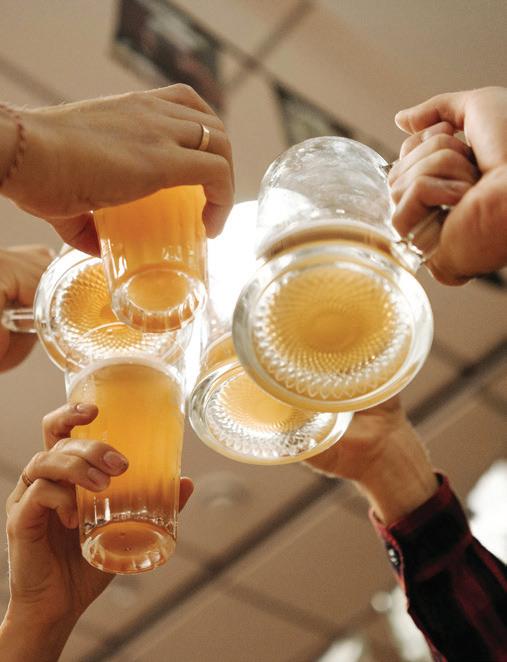

APR 12
8th Annual Tulare County Museum Jamboree
When: 10:00am-3:00pm
Where: Tulare County Museum
Hosted by: Tulare County Museum tularecountymuseum.org | @tularecountymuseum
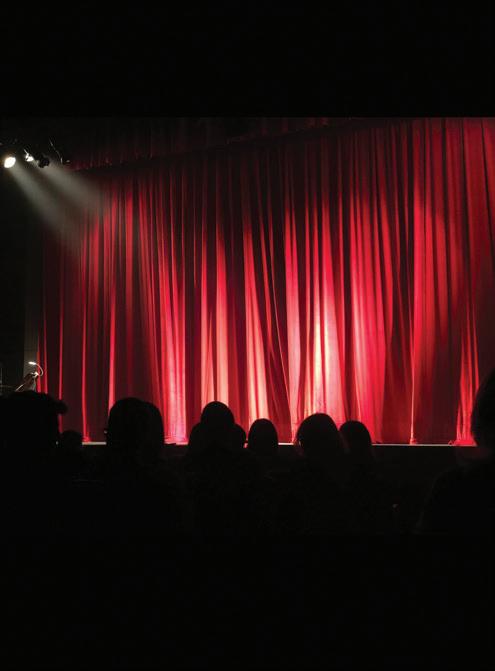
APR 12
Rock & Roll Brew Fest
When: 11:00am - 4:00pm
Where: The Creative Center, 410 E Race Ave
Hosted by: The Creative Center Foundation thecreativecenterfoundation.org | @tcc_foundation

APR 11-13, 22-25
Charlotte’s Web
When: Fri-Sat 7:00pm, Sun 2:00pm
Where: El Diamante High School Theater
Hosted by: Enchanted Playhouse Theater
enchantedplayhouse.net | @theenchantedplayhouse
APR 19
Free Movie: Wicked
When: Doors 6:00pm | Show 7:00pm
Where: Visalia Fox Theater
Hosted by: Visalia Fox Theater, The Adapted Athlete, & Train Like A Girl foxvisalia.org | @visaliafox
APR 12
Saturday
Dog Park Grand Opening
When: 10:00am-11:30am
Where: 1250 Laurel Street
Hosted by: City of Kingsburg cityofkingsburg-ca.gov | @cityofkingsburg
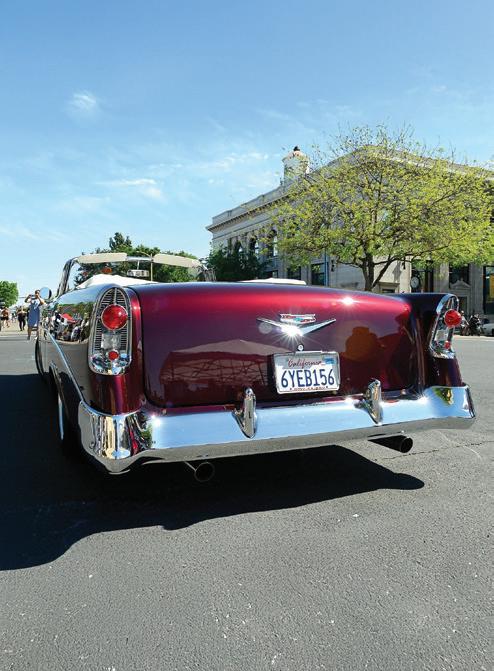
APR 19
Saturday
Annual Car Show
When: 9:00am-4:00pm
Where: Draper Street, Downtown Kingsburg
Hosted by: Kingsburg Chamber kingsburgchamber.com | @kingsburgchamber
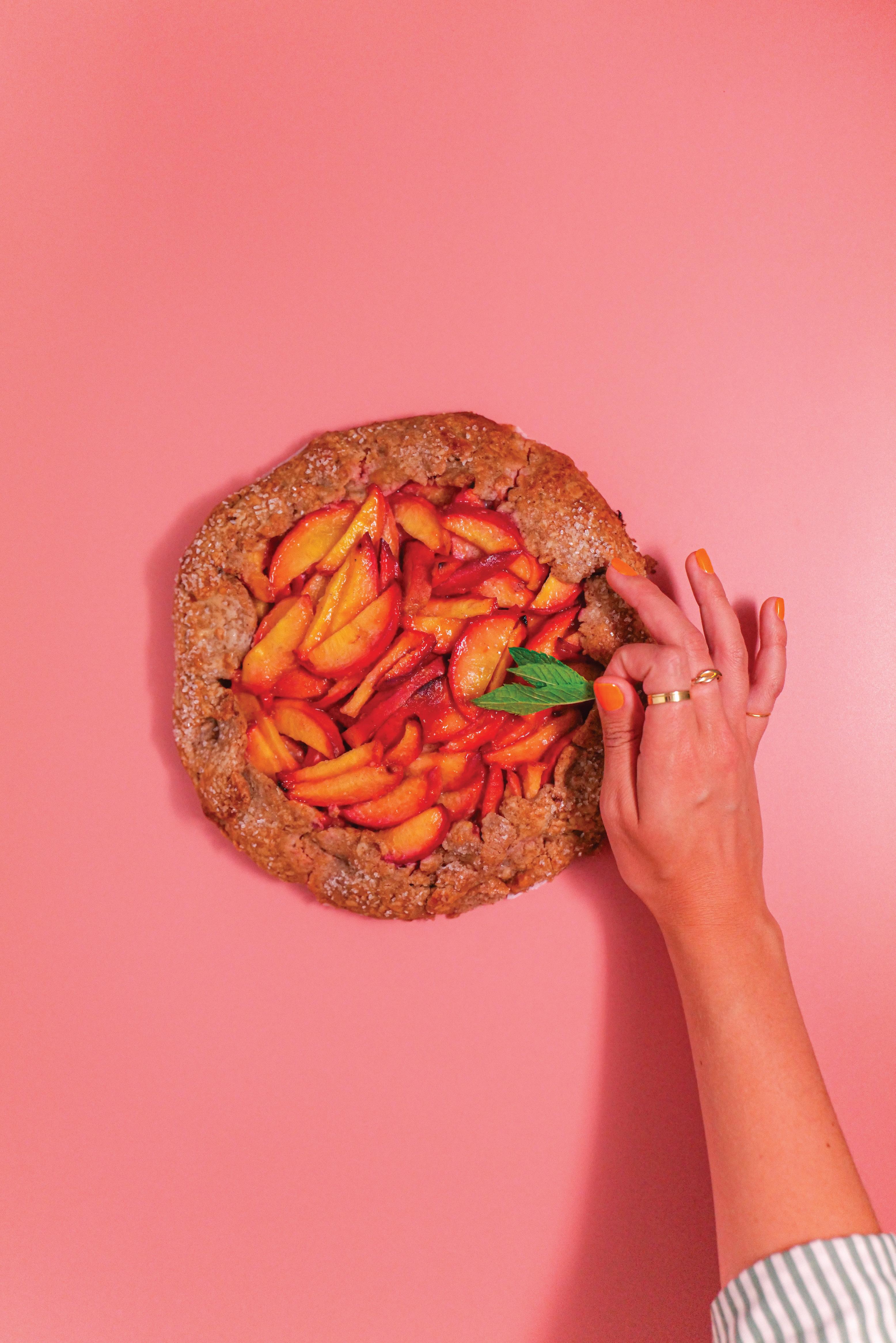
Reality is better than Instagram - because you can eat it. Get ready, because Lifestyle Magazine's Food & Drink issue comes out in May. (We won't fault anyone for trying to eat an ad straight off the page, though.) For advertisement pricing & food issue package options, contact us at: lifestyle@root.marketing | (559) 702.1383 The Food & Drink Issue - Coming this May
As the days grow warmer, we’re also excited to share our upcoming “Food & Drink” issue. This edition is a celebration of flavor, community, and the artistry behind every great meal and drink. Meet the chefs, bakers, and bartenders shaping the local food scene, explore the stories behind beloved restaurants and breweries, and find inspiration for your own culinary adventures. Whether you’re discovering new dining spots or crafting something special at home, this issue is a tribute to the joy of gathering around good food. We can’t wait to share it with you!
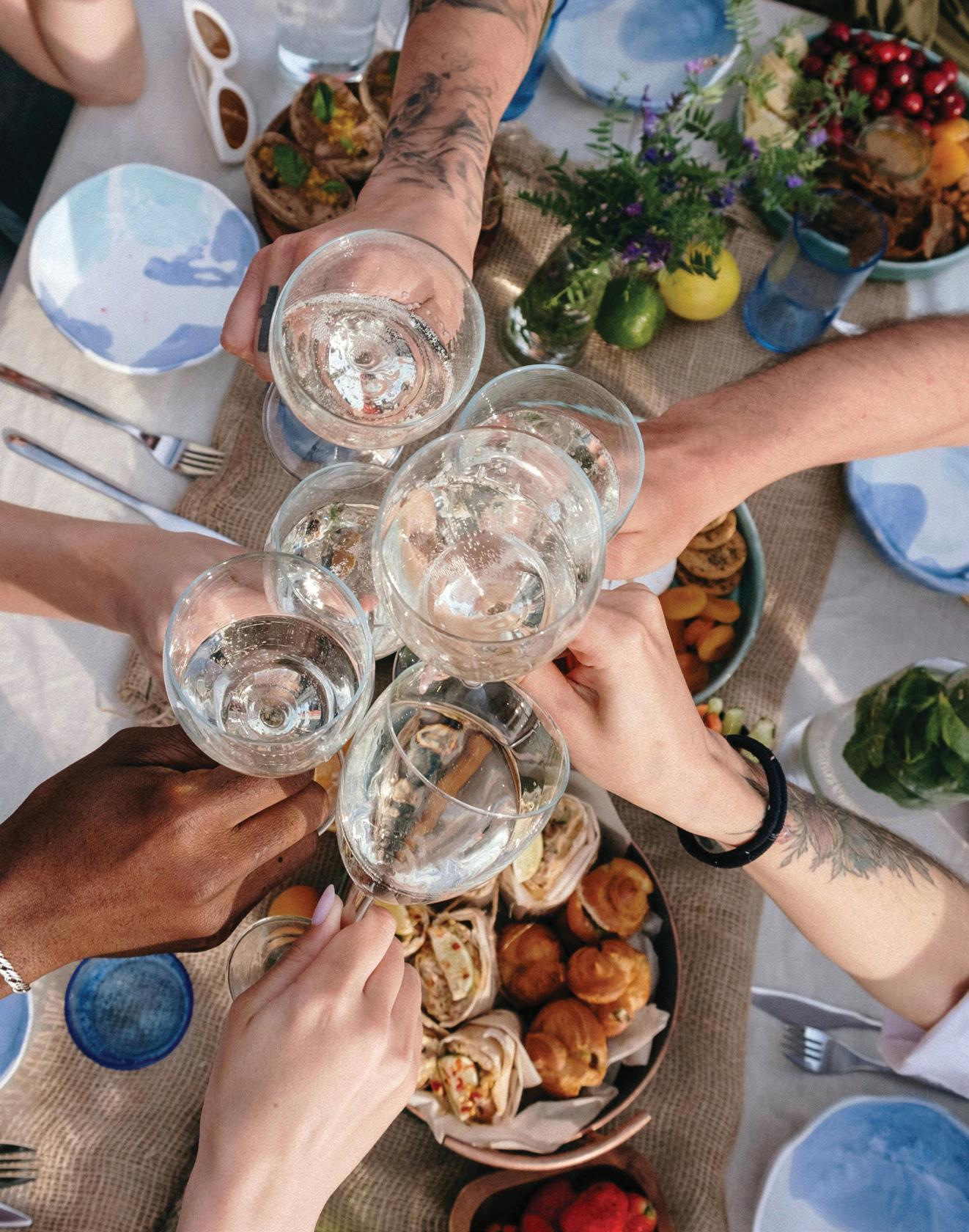
Published by Root Creative Marketing, 6759 N Palm Ave, Fresno, CA 93704
Executive Editor Stephanie Steelman
Creative Editor Sam Justice
Managing Editor Lauren Walters
Sales Representative Dakota Jacobi
Content Editor Danielle Nederend
Designers Daniel Borgatto, Josh Aleman
Advertising and General Inquiries lifestyle@root.marketing
Sales Office 111 W Main Street, Visalia CA 93291 559.702.1383 View this Issue Online visalialifestyle.com
Visalia’s Lifestyle Magazine is published monthly and is distributed via direct mail to homes in Visalia. Additional copies are distributed at various rack and countertop locations around Visalia, Tulare, Exeter, Three Rivers and Kingsburg. Distribution is subject to change. Views expressed in articles and on advertisements are those of the writer and advertiser and not necessarily those of Lifestyle Magazine or Root. Every effort is made to avoid errors, misspellings, and omissions. If an error is found, please accept our sincere apologies and notify us of the mistake.
© 2025 Root Creative Marketing
Designed & Edited by


SJVC AND CARRINGTON COLLEGE. TWO NAMES, ONE POWERFUL NETWORK. DELIVERING A GREAT EDUCATION, NO MATTER WHAT PATH YOU’RE ON.
For your career. And your community.
Now, we’re aligning our programs to better serve your needs. With all trades and business courses being taught by SJVC while Carrington College focuses on allied healthcare programming. We’ve been helping students train for careers that make a difference in their communities for nearly half a century. And we’re looking forward to helping you, too.
